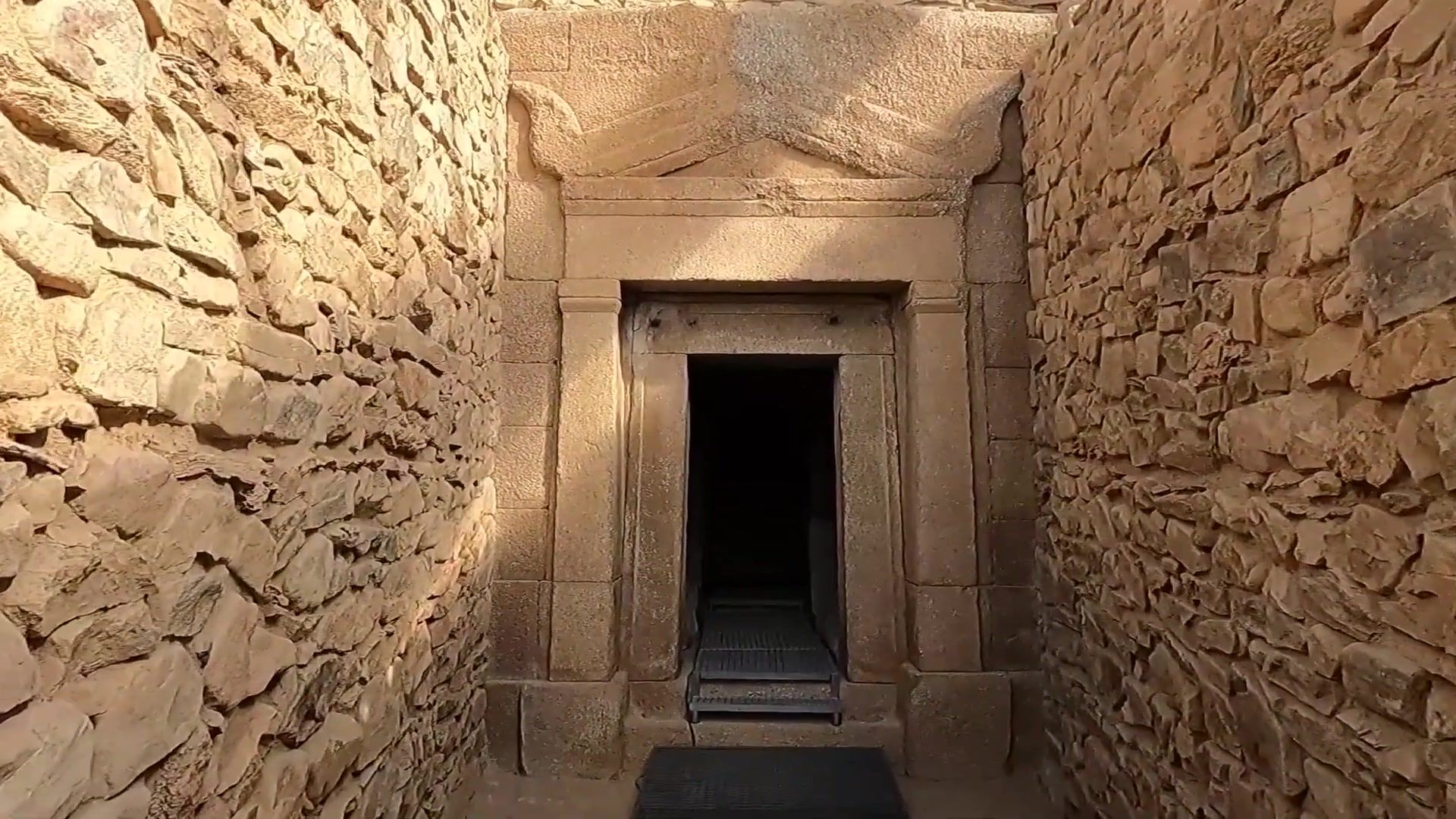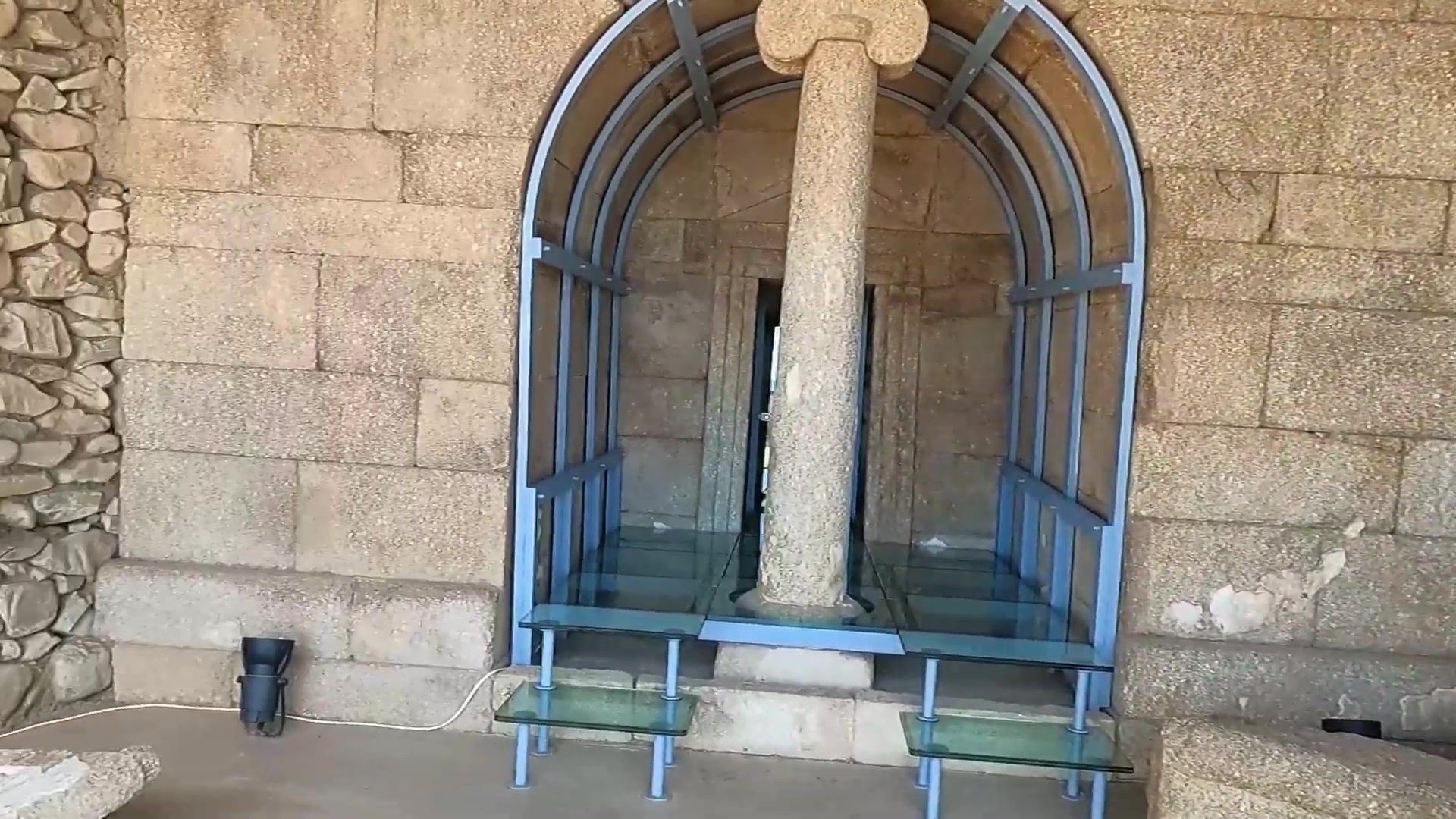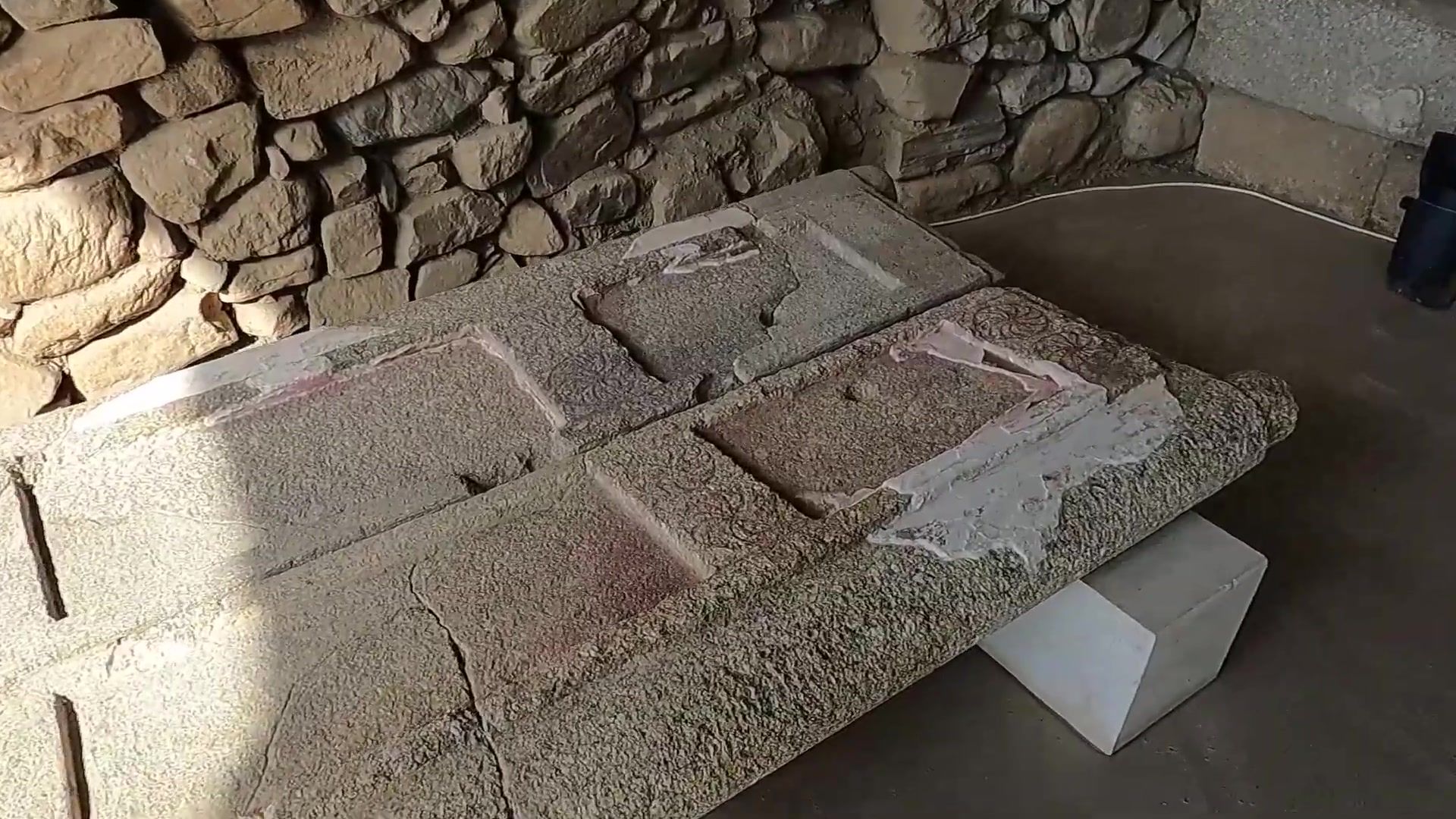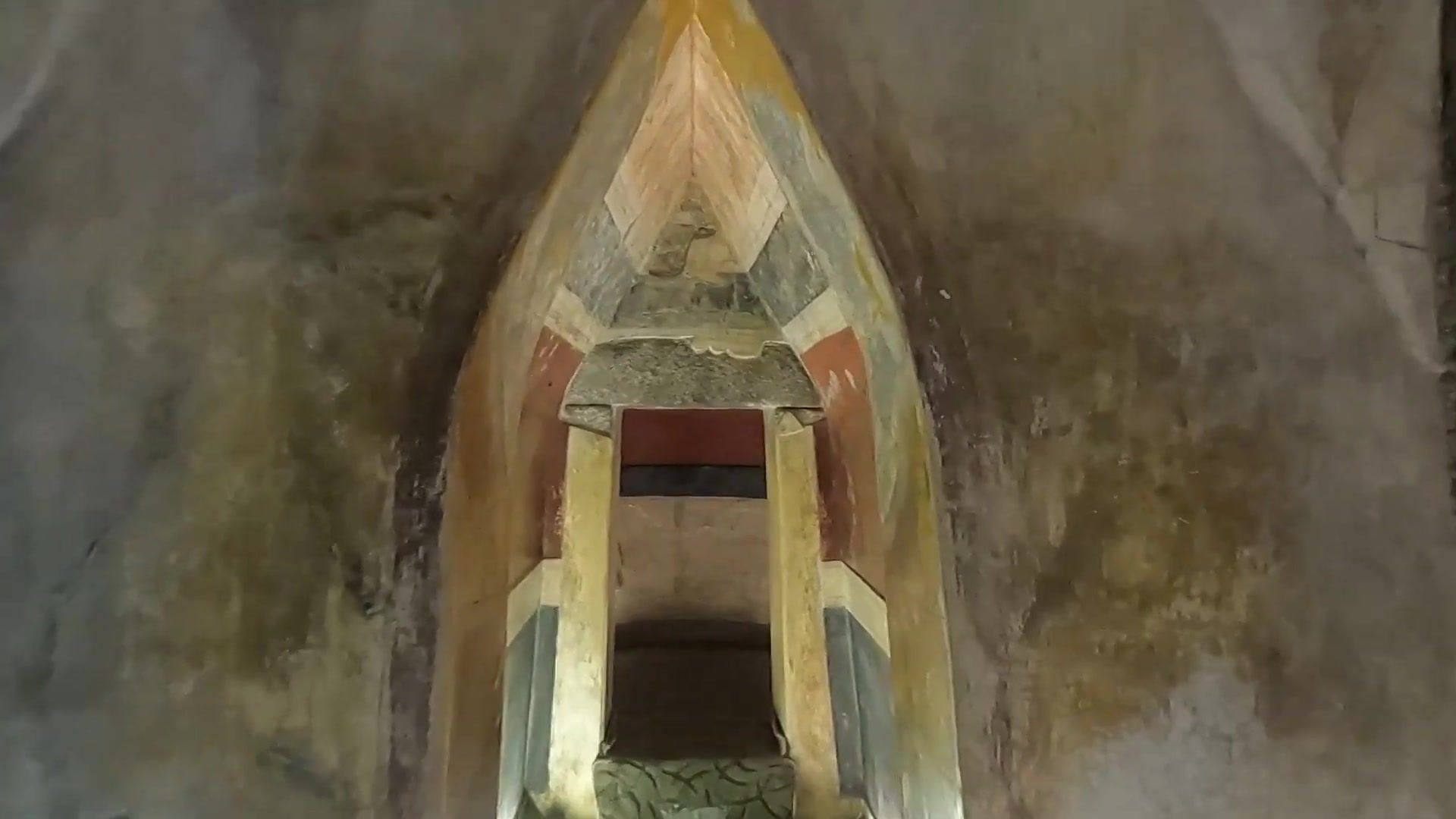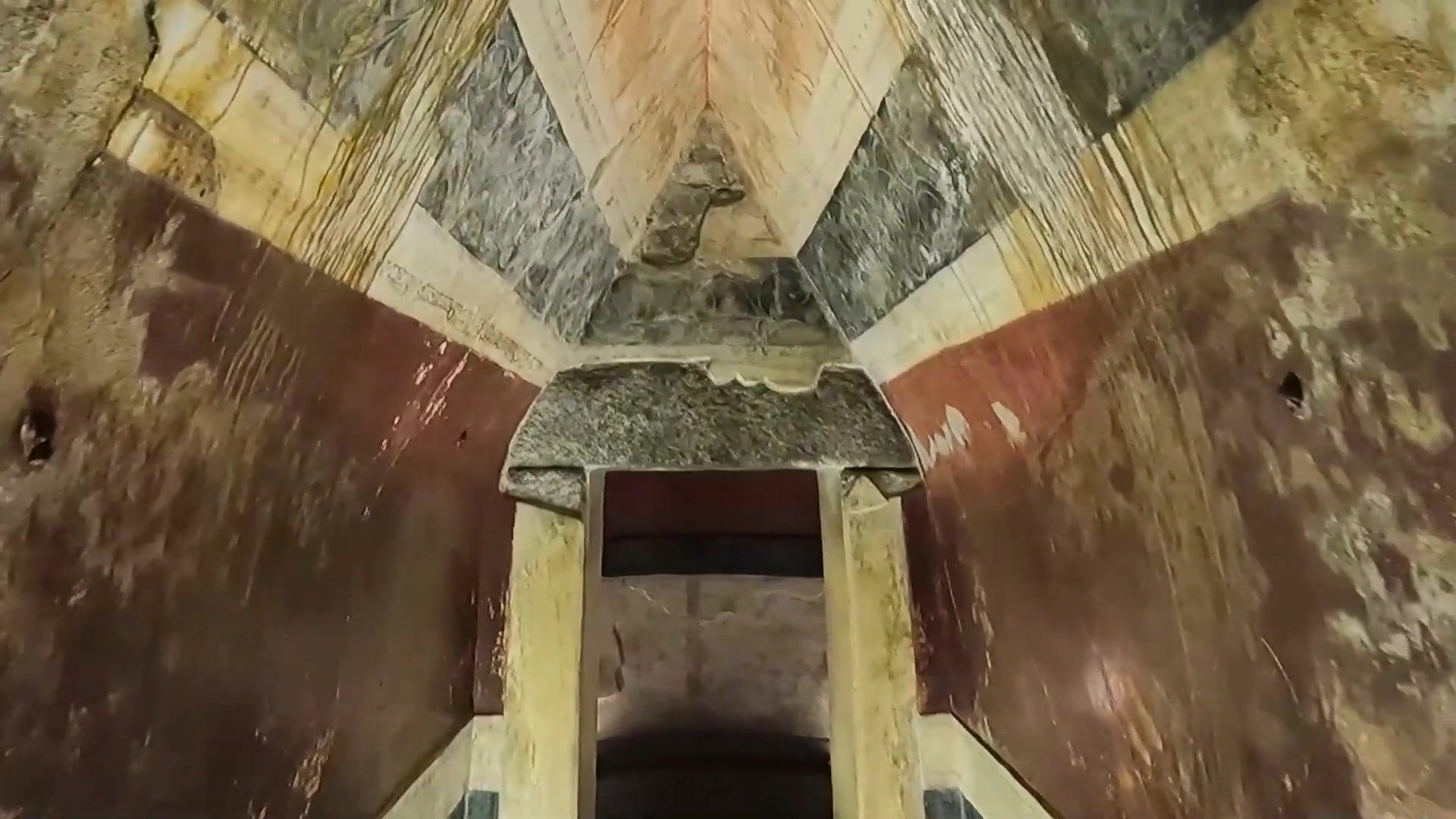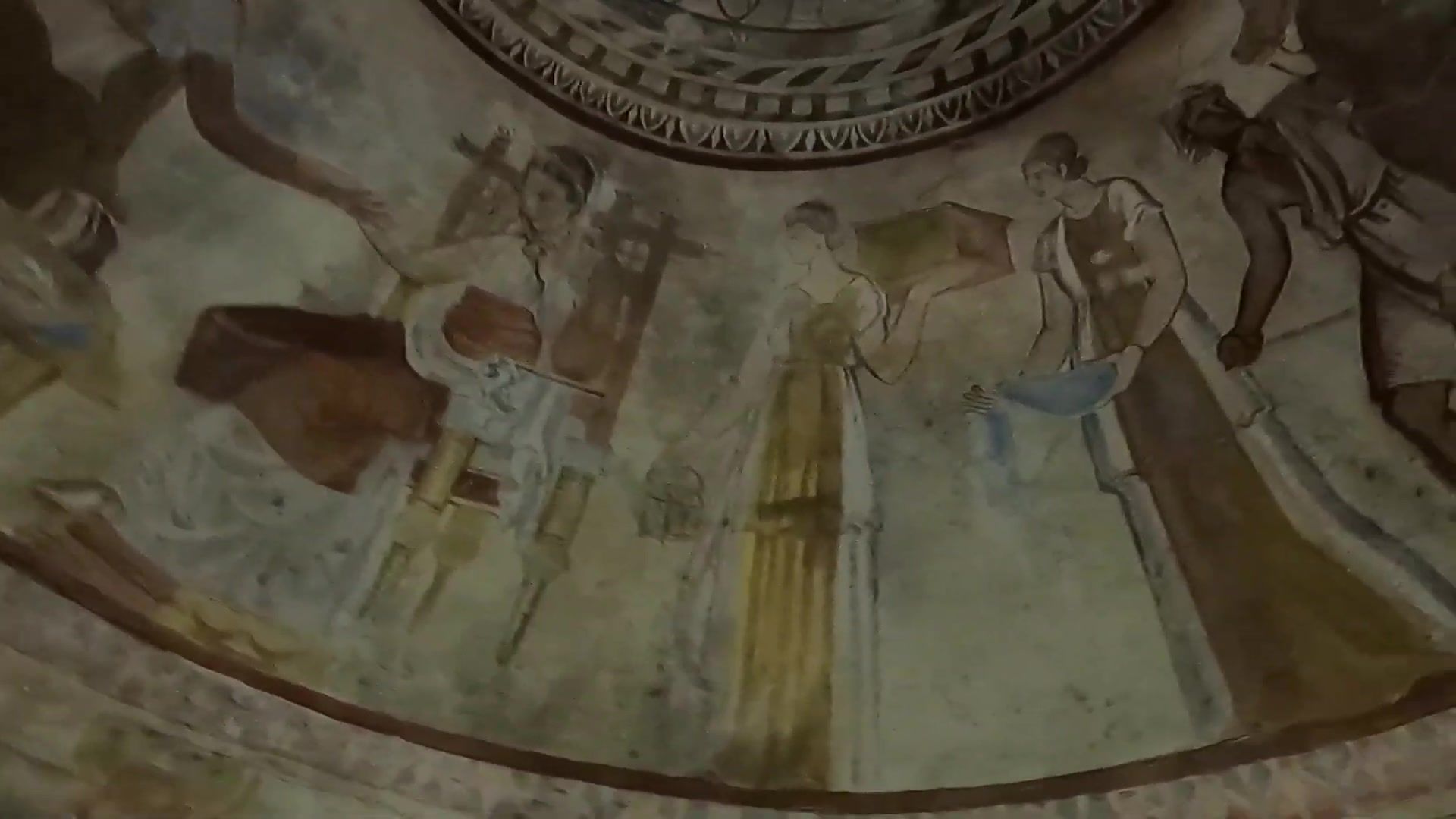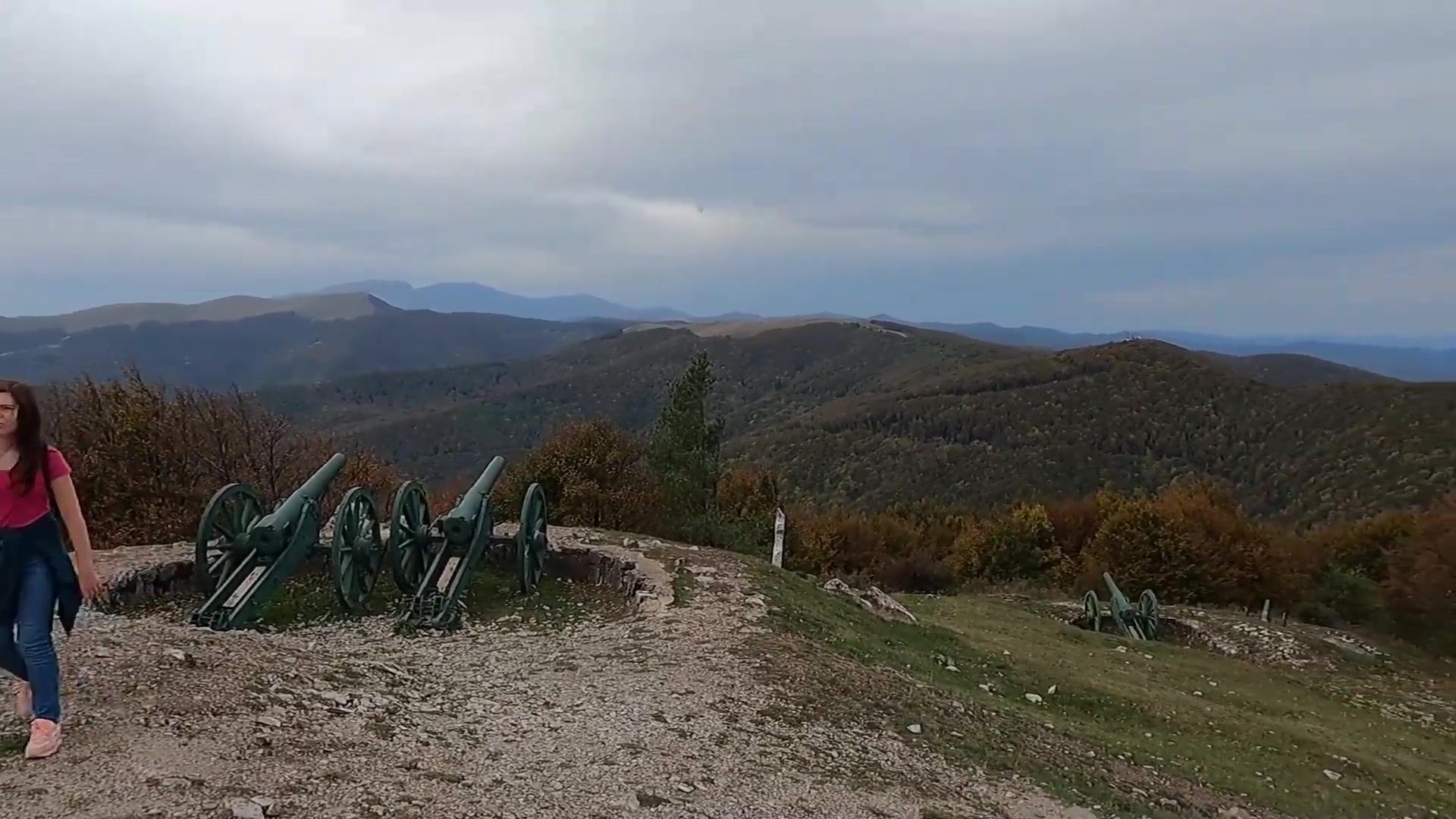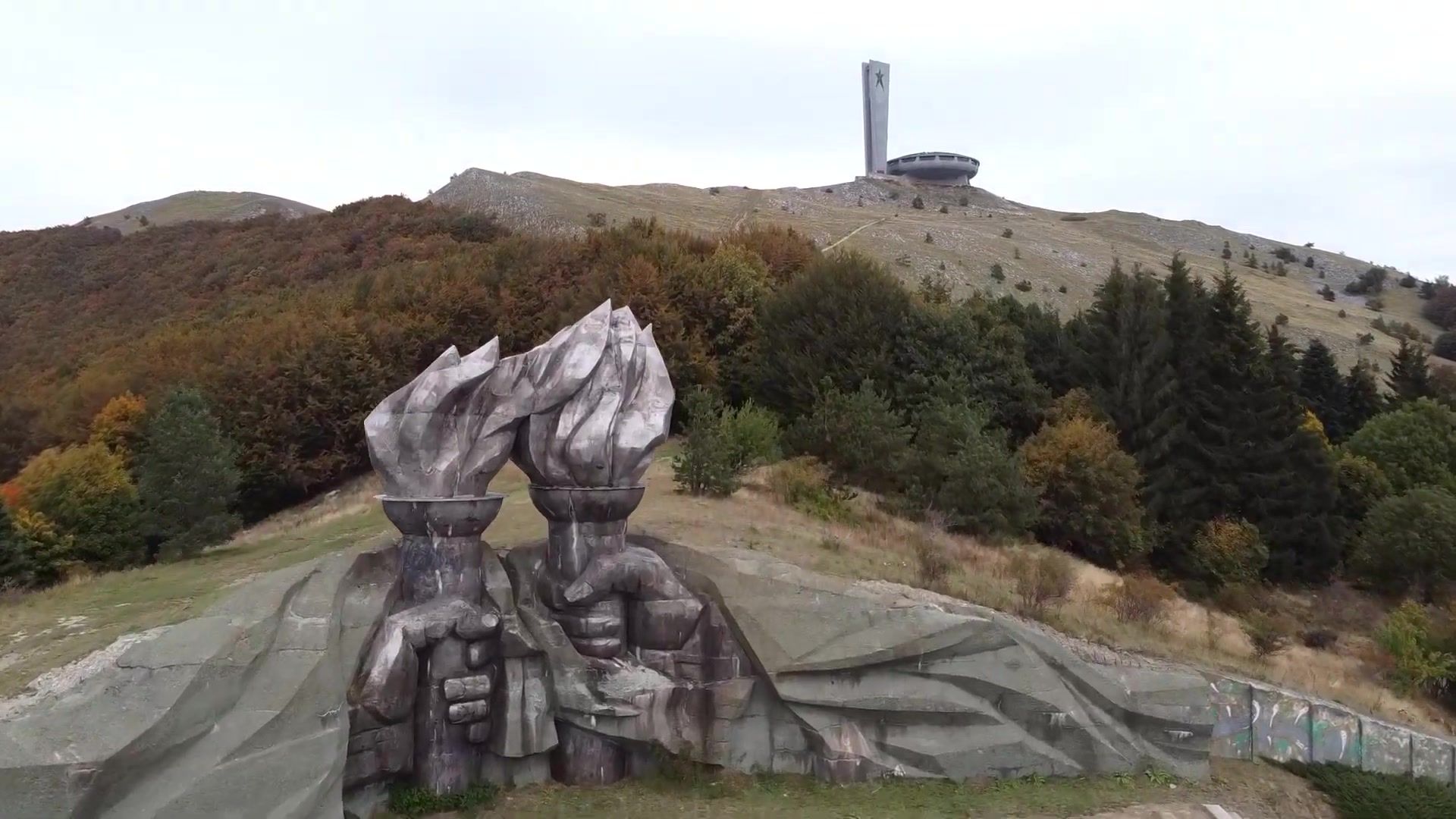
Hello friends. We're on the road again and I want to share an exciting journey we had in beautiful Bulgaria. I'll talk about two interesting places we visited: the summit of Mount Buzludzha and the Valley of the Thracian Kings. This is a lesser-known spot, located in the Kazanlak region of Bulgaria, which was once the capital of ancient Thrace. The Valley of the Thracian Kings is located here.
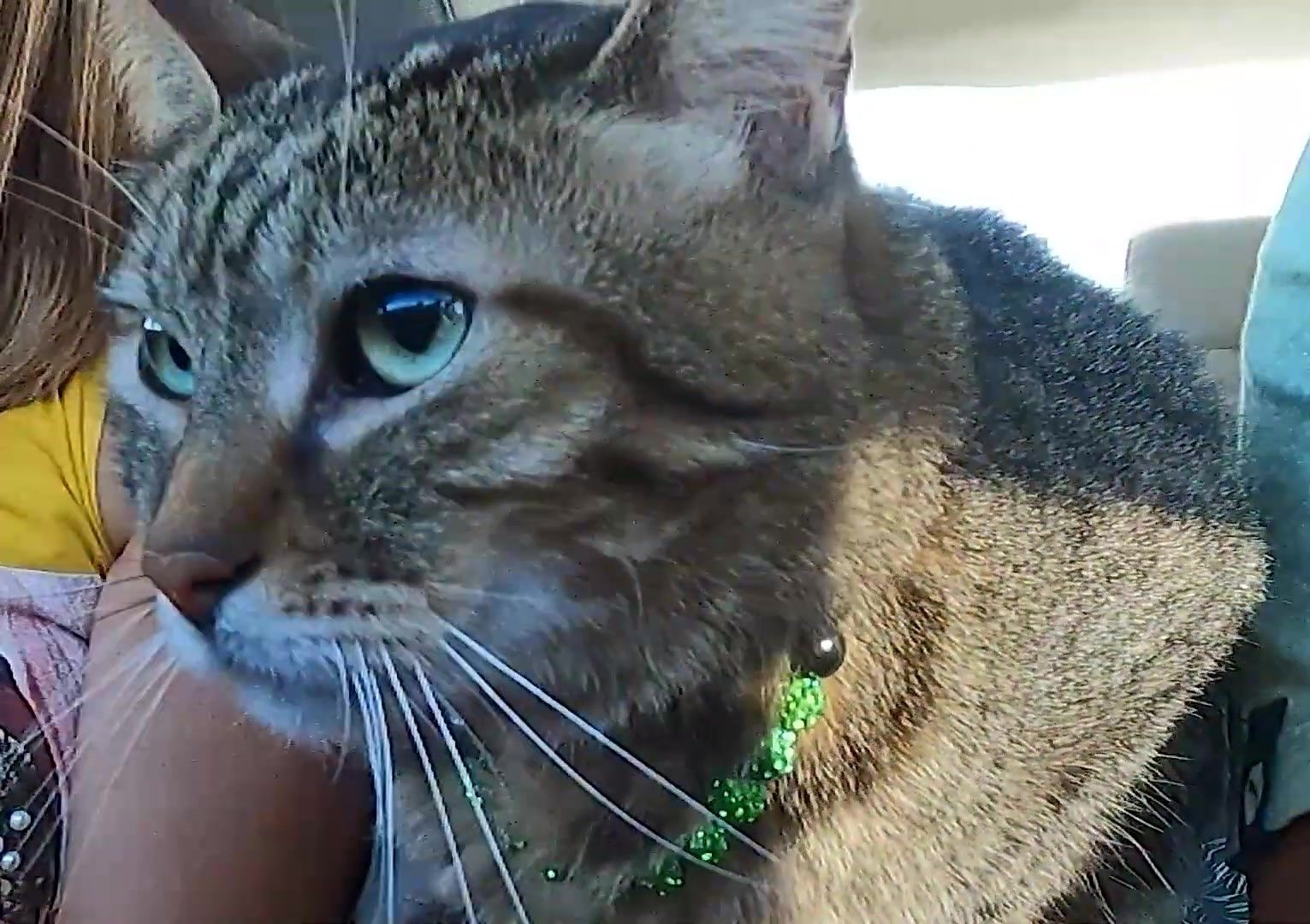
Our main GPS navigator was our cat. 😊 Since we didn't have a place to leave her at that moment, we bought a special backpack for her and she traveled with us. We had previously tested this backpack and decided that we could take her on long mountain hikes. After a while we came across the Stara Planina mountain range. We set off towards the summit of Mount Buzludzha, our goal being to climb this mountain. As we got closer to the mountain range, it seemed to rise from the plains and we had to climb it with a dizzying turn. As we ascended, the road offered us incredible views and we saw a massive monument and a giant flying saucer perched high in the mountains. Everything looked majestic: the giant flying saucer and a monument adorned with a large ruby star. This star was once illuminated. As we climbed, we were rewarded with breathtaking views. We could get close to the monument, which had been built in 1971. The monument represented the ideological structure of that era. Buzludzha is also an abandoned structure. After the fall of the communist regime in 1989, it was left unused and neglected for a long time. Nevertheless this enormous monument at the top of the mountain still offers an impressive sight and holds traces of history.
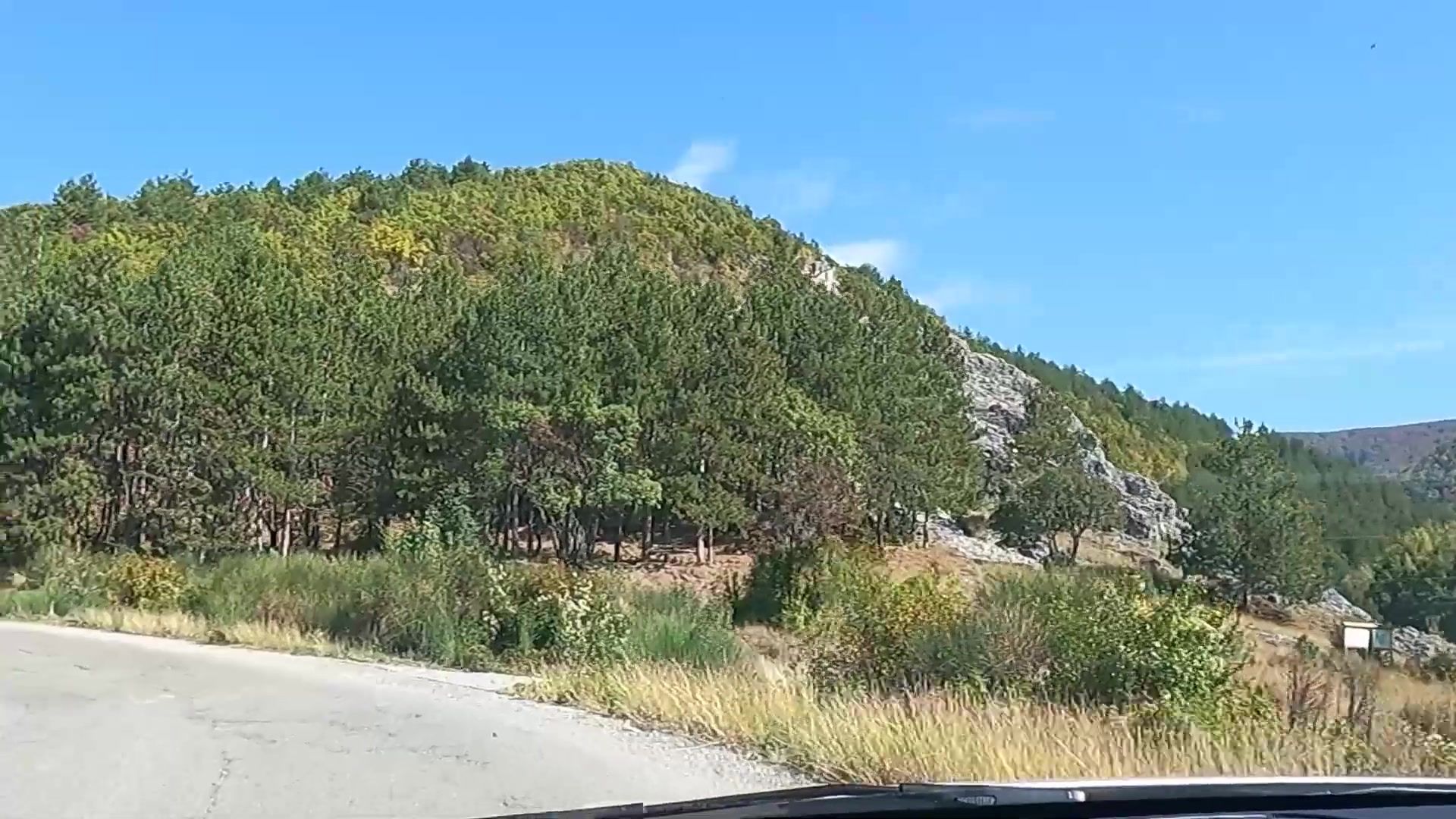
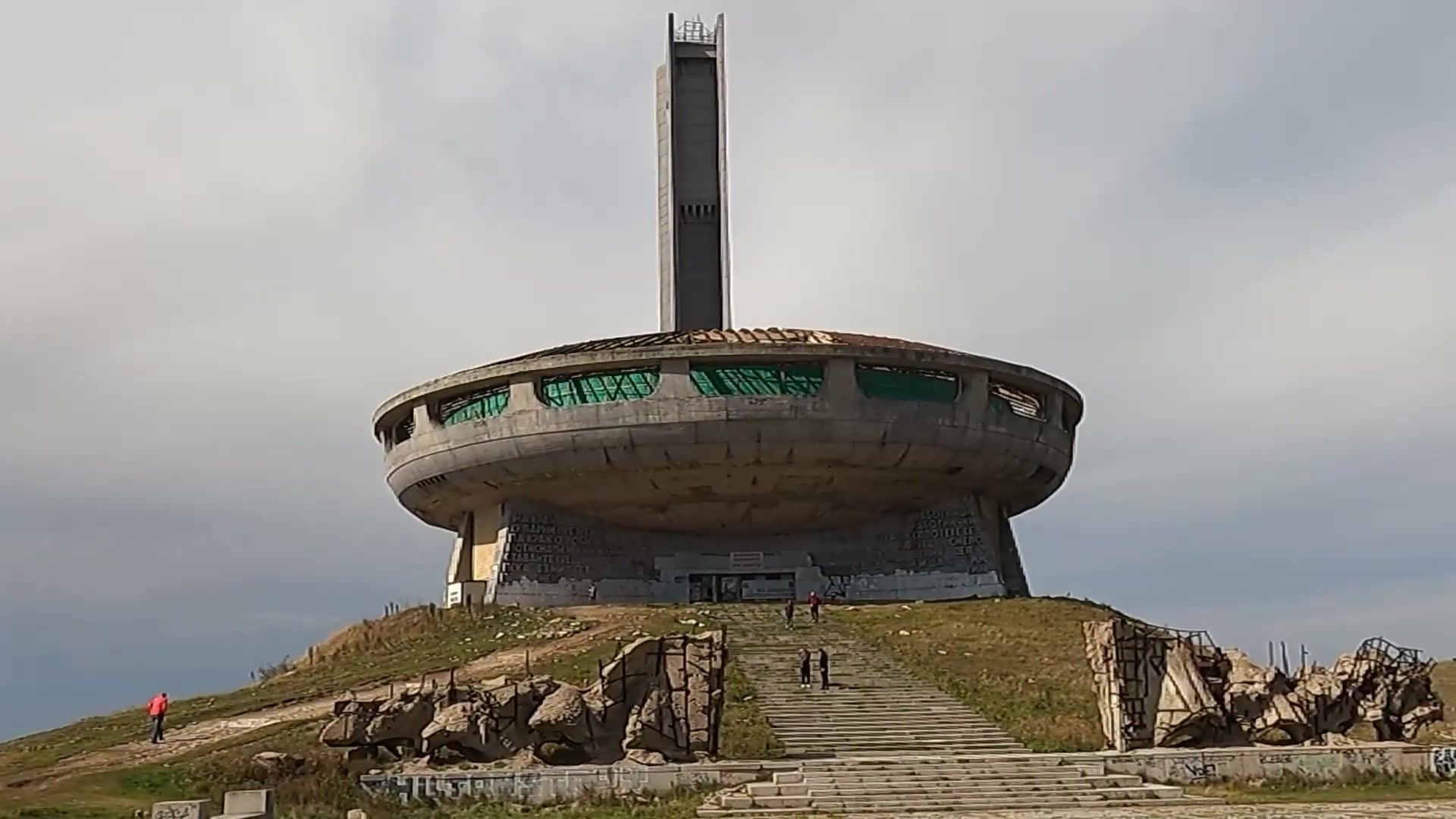
I think closing such monuments would be a huge mistake. If it were up to me, I would definitely turn it into a museum, no matter what kind, as the building itself is magnificent and there are beautiful mosaics. This place is near the geographic center of Bulgaria. The Stara Planina mountains begin here and stretch all the way to the Rhodope mountains. Bulgaria is a mountainous country and these structures are awe-inspiring and a bit overwhelming because of their impressive size. We enjoyed the panoramic view once again, prepared and continued our journey. Rain was expected in the evening and we still wanted to visit another interesting place in this mountain range.
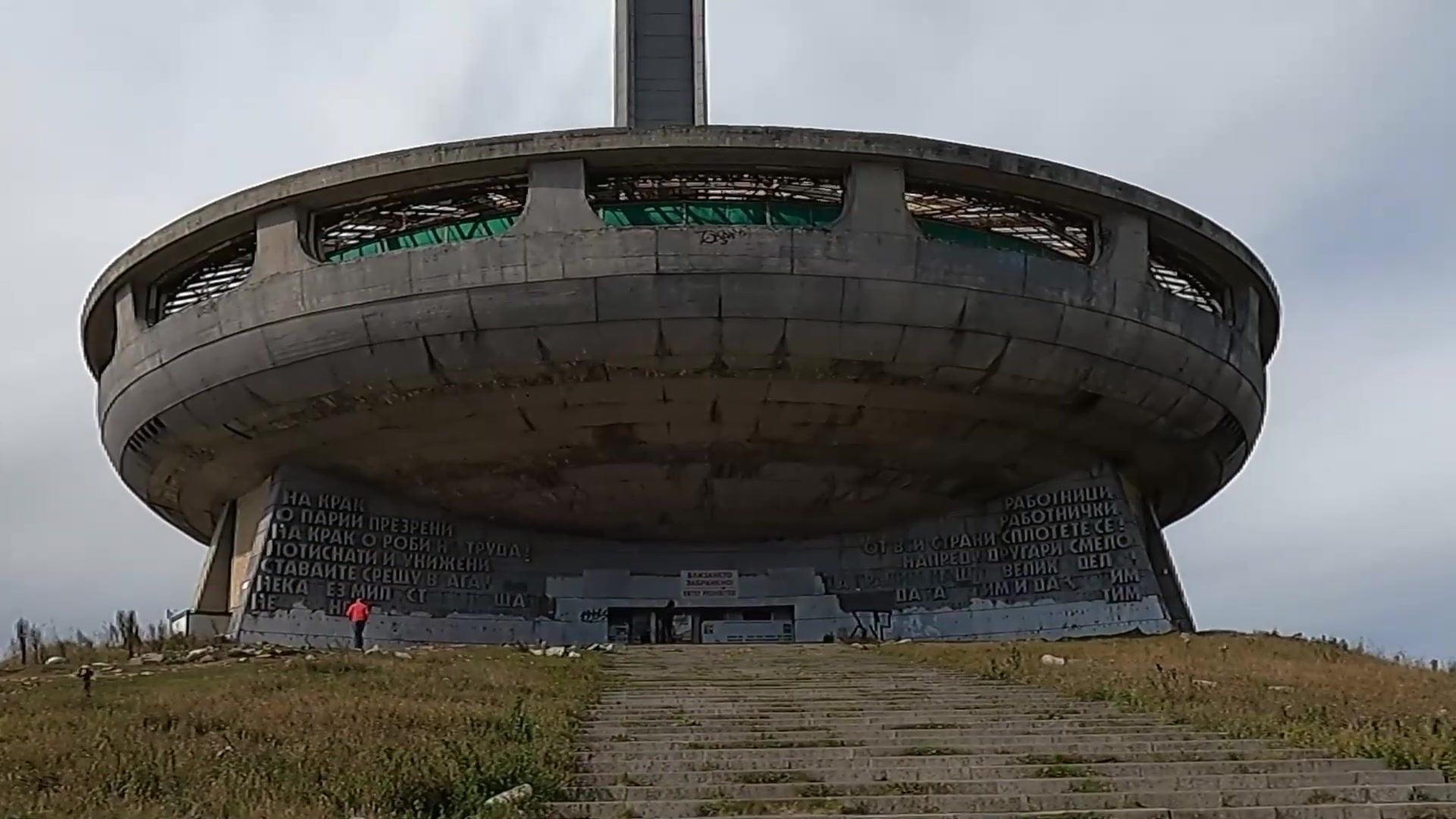
It really looks like a flying saucer, it's fantastic. While descending, we discovered another beautiful viewpoint and an impressive monument. We passed through the mountain range for about 10 kilometers, but we had to be cautious because the road seemed to be old by today's standards. There used to be asphalt here. Then, we headed towards Mount Shipka, towards the Freedom monument. We traveled along the incredibly beautiful mountain road for 10 kilometers and finally reached the Shipka Pass, at the foot of the Freedom monument.
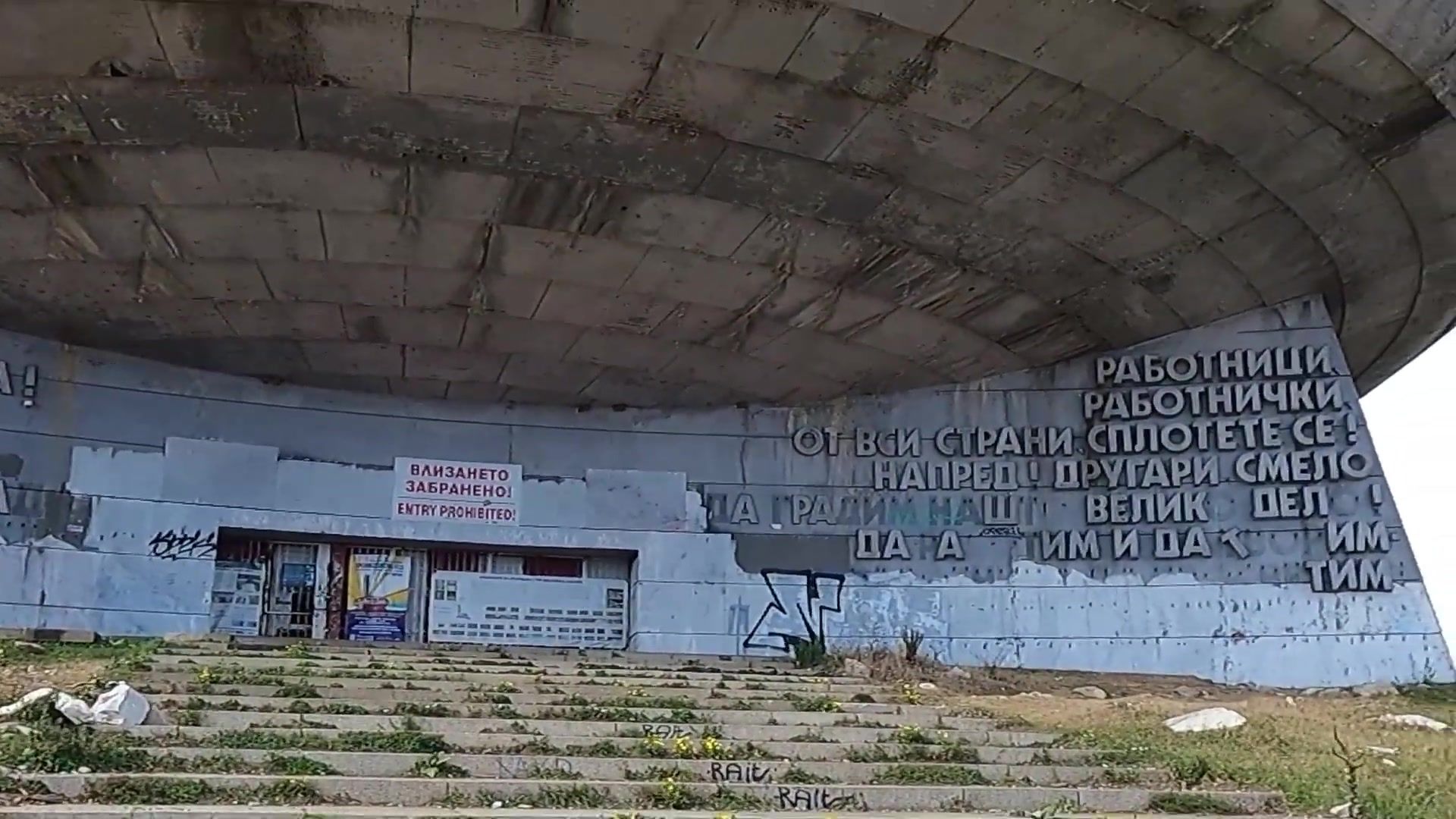
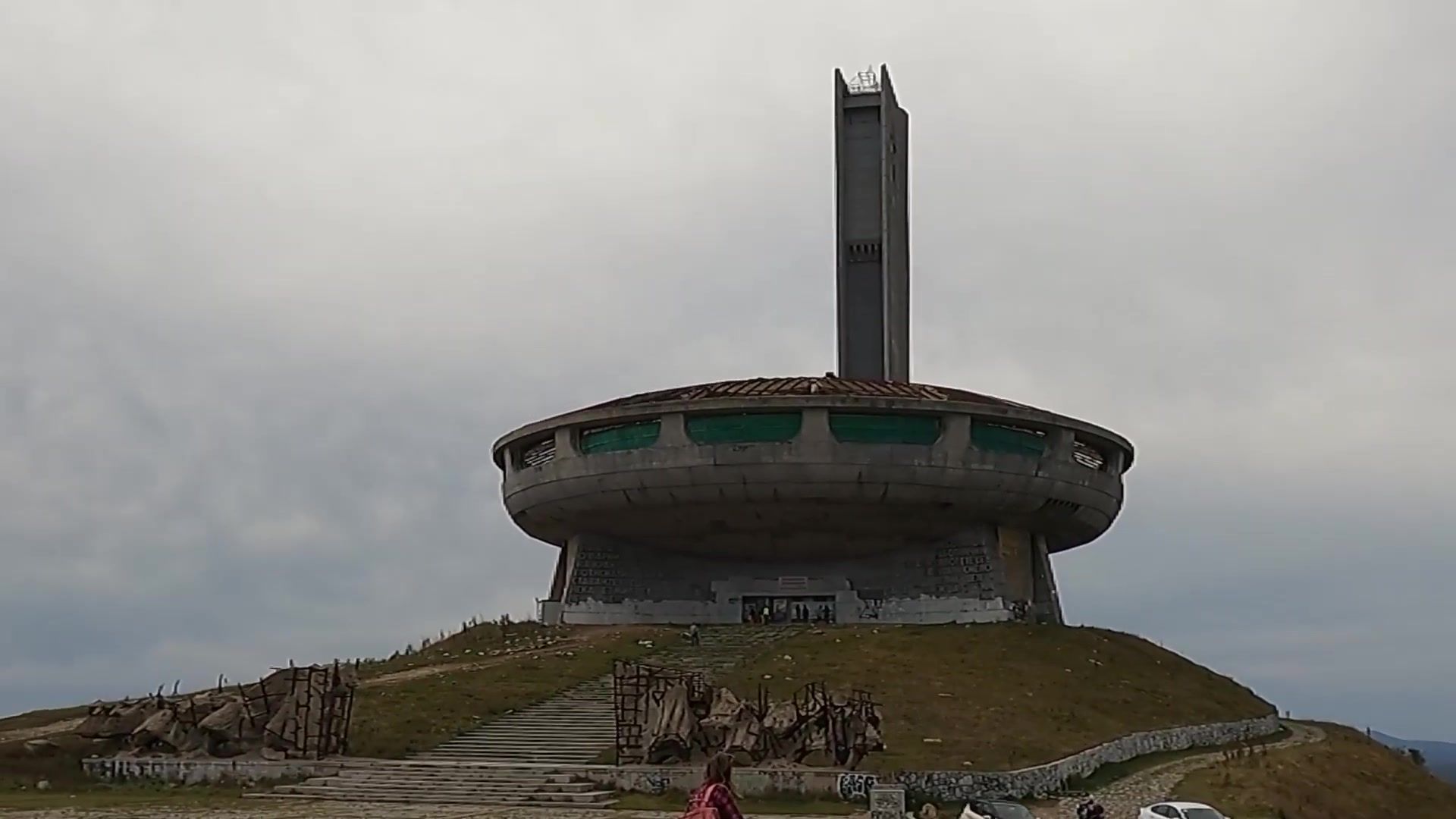
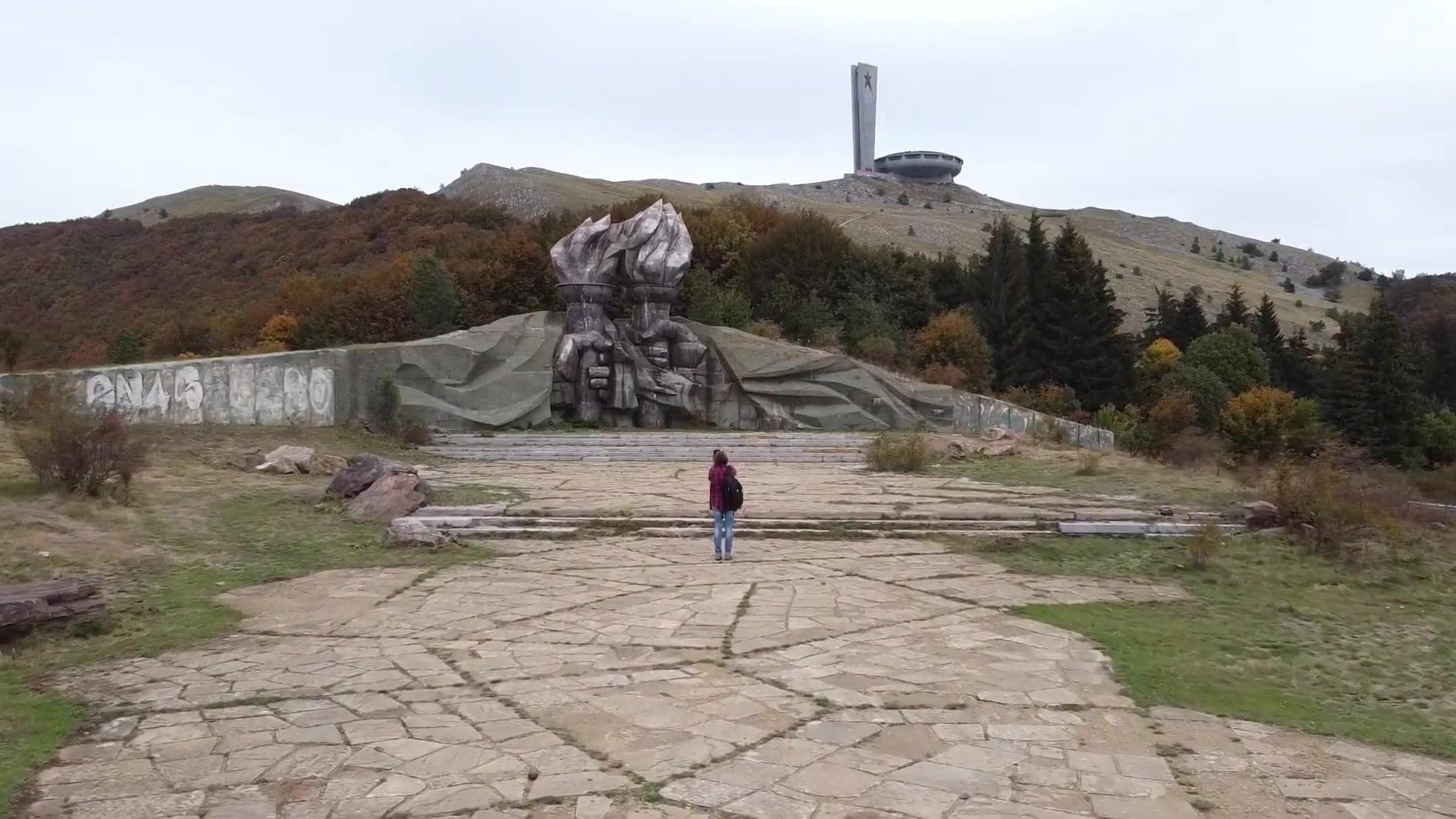
This monument was built to commemorate the war fought for Bulgaria's liberation during the Russo-Turkish War of 1877. Around 3000 people lost their lives here and the battle was intense. The monument was officially opened in 1934 and was funded by public donations. The entire monument complex and statue were built with the contributions of the people. Around the monument, artillery weapons and military defense structures from that era are displayed. It is uncertain whether they are original, but the weapons are definitely real. And of course, there is an incredible panoramic view.
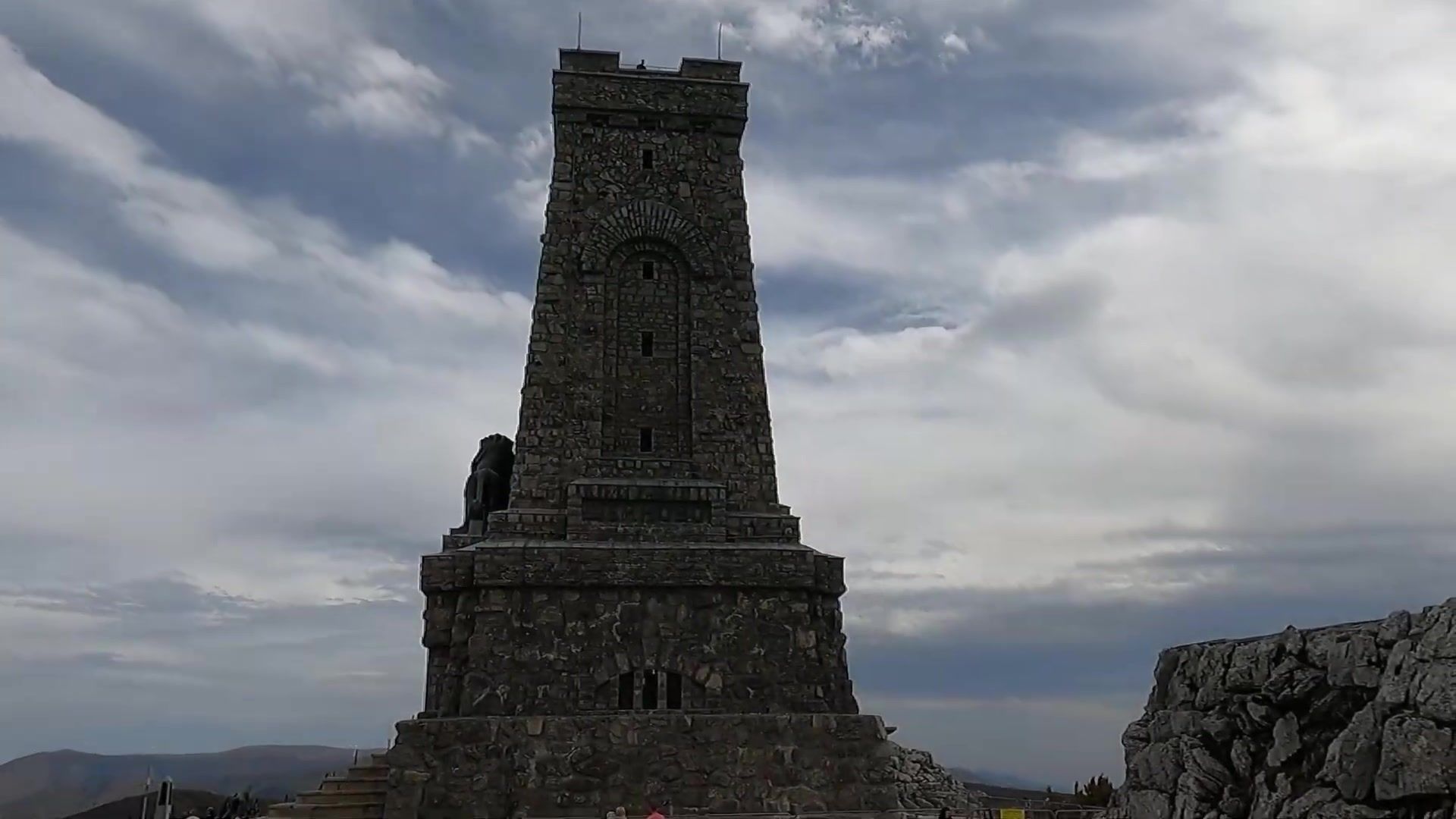
By purchasing a 4 leva ticket, we had the opportunity to climb to the observation terrace at the top of the monument. We climbed up narrow stairs for 3 minutes, but it was worth it. The panoramic view was unbelievable. In front of us was the summit of Mount Buzludzha, which we had come from. Initially, we had planned to camp in a nearby forest, but the weather forecast predicted it would worsen overnight with rain and wind, so we decided to stay in a hotel. I quickly found a reasonably priced and quite decent hotel. It was located in a nearby village, which I will mention later. We descended via a different winding road, heading towards the village of Yanina. The mountain views were impressive and the road was beautiful, passing through here was wonderful. I recommend not returning the same way you came because the road is really gorgeous.
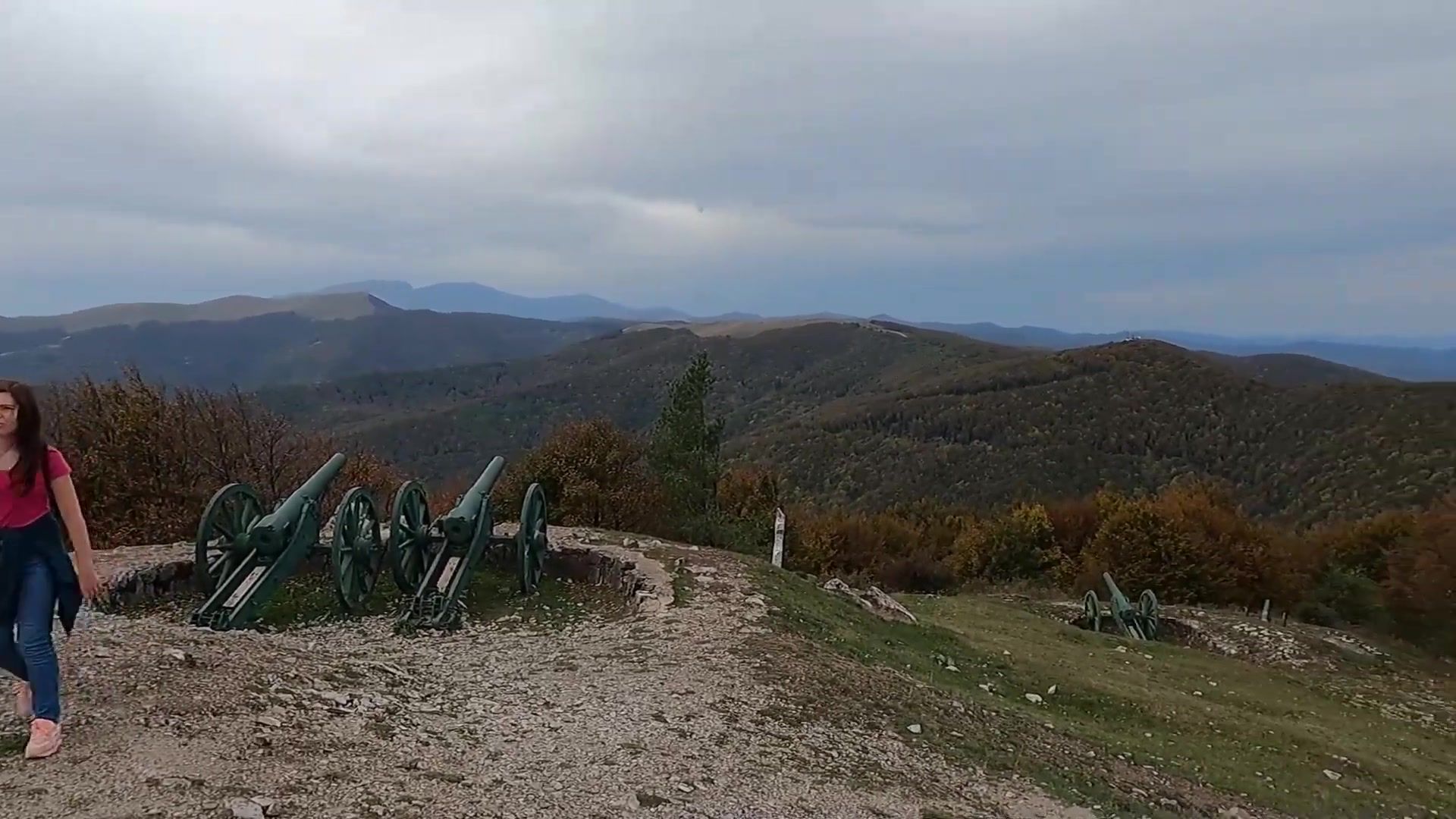
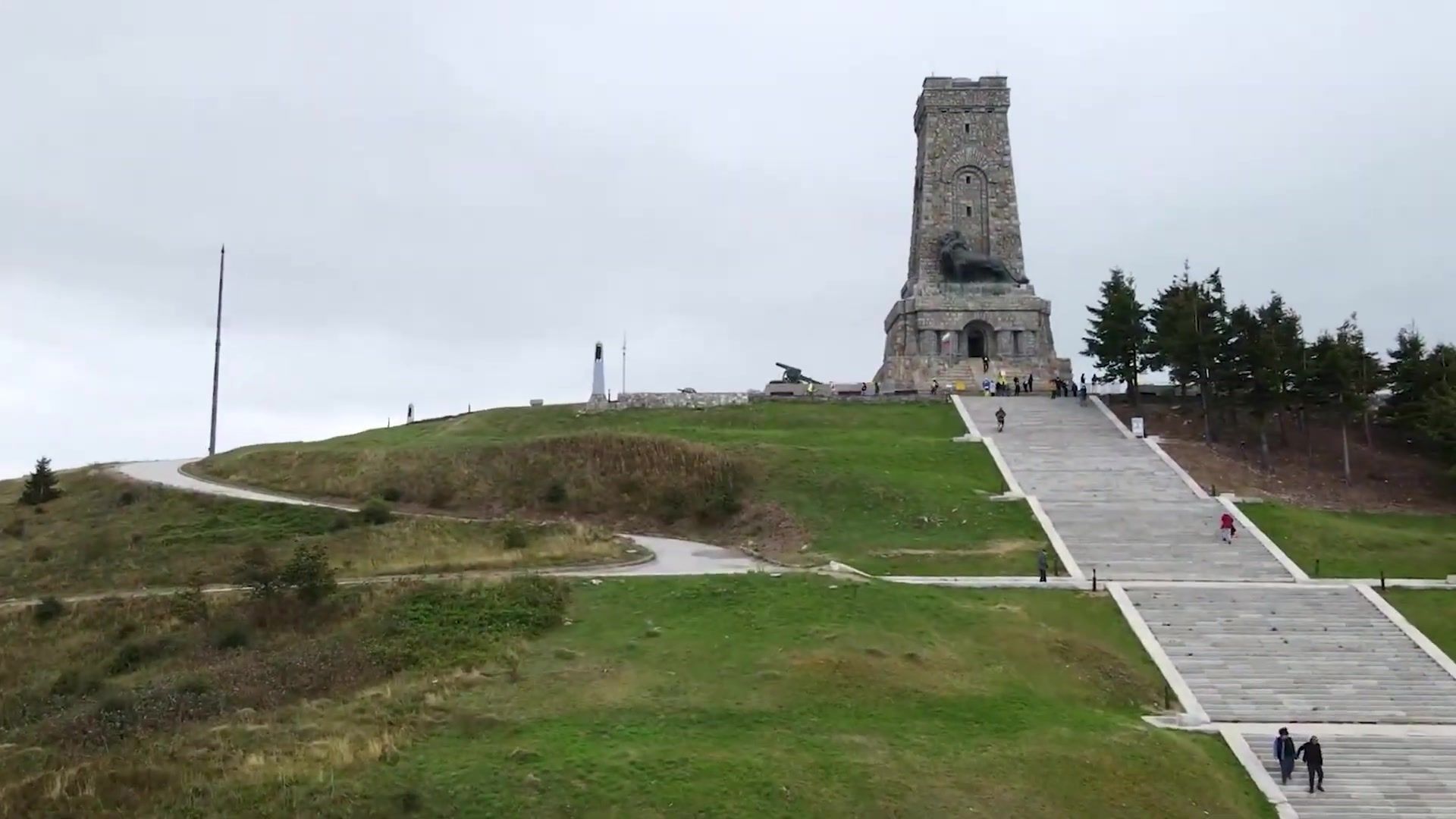
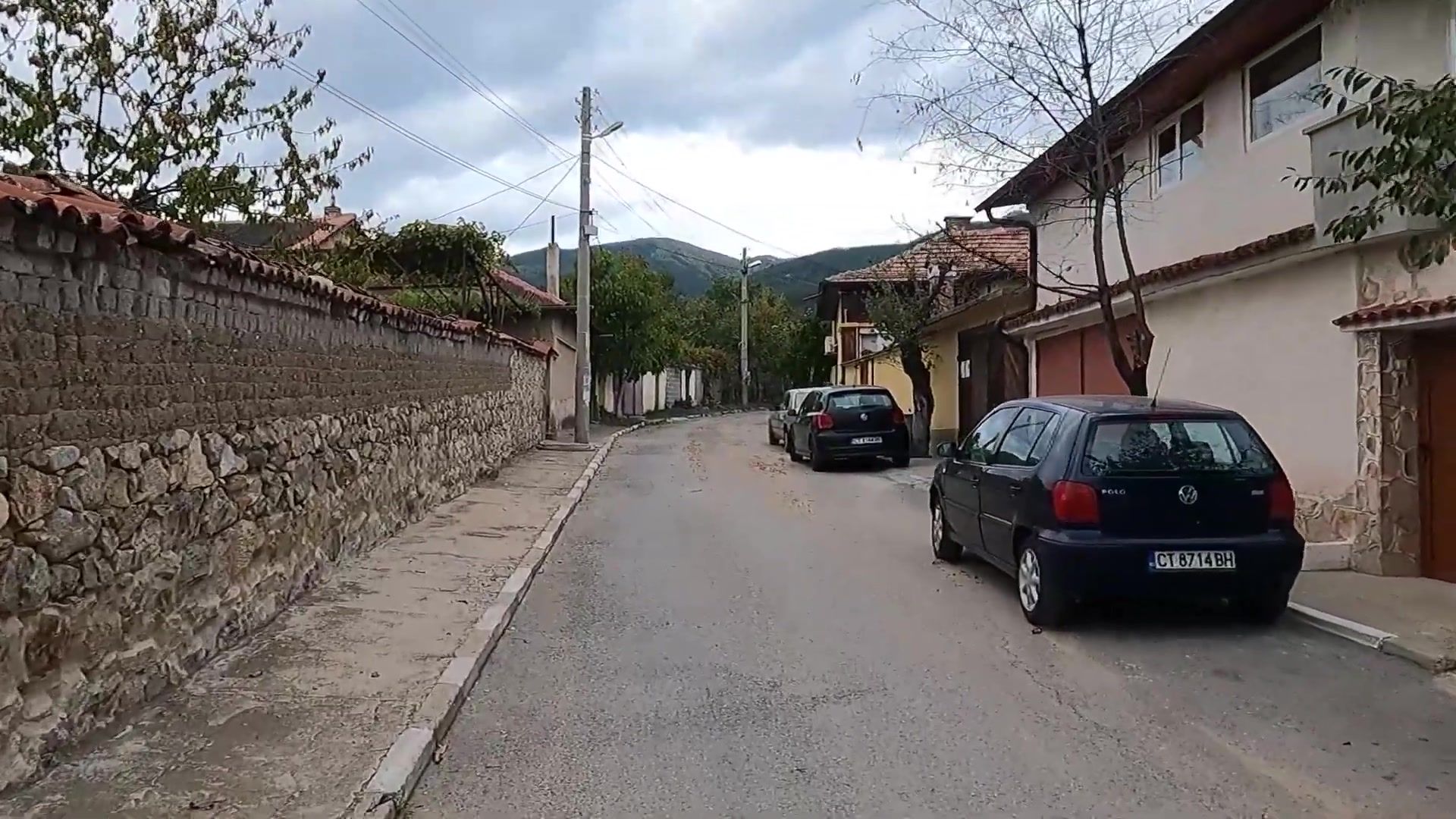
We stayed in a lovely hotel in Yanina village, but honestly there’s not much to do here. The village is very quiet. I walked around the village a bit, but there were almost no people, just a few young folks. I honestly regretted not camping here, as the weather had cleared up. We walked for about 15 minutes and only encountered cats. Then we hiked a bit more up the mountain, aiming to visit the Valley of the Thracian Kings. Along the way, we saw many burial mounds, which we explored the next day. Many of them had been turned into museums, while others were abandoned mounds without museums. Some are said to have been excavated and you can even enter them.
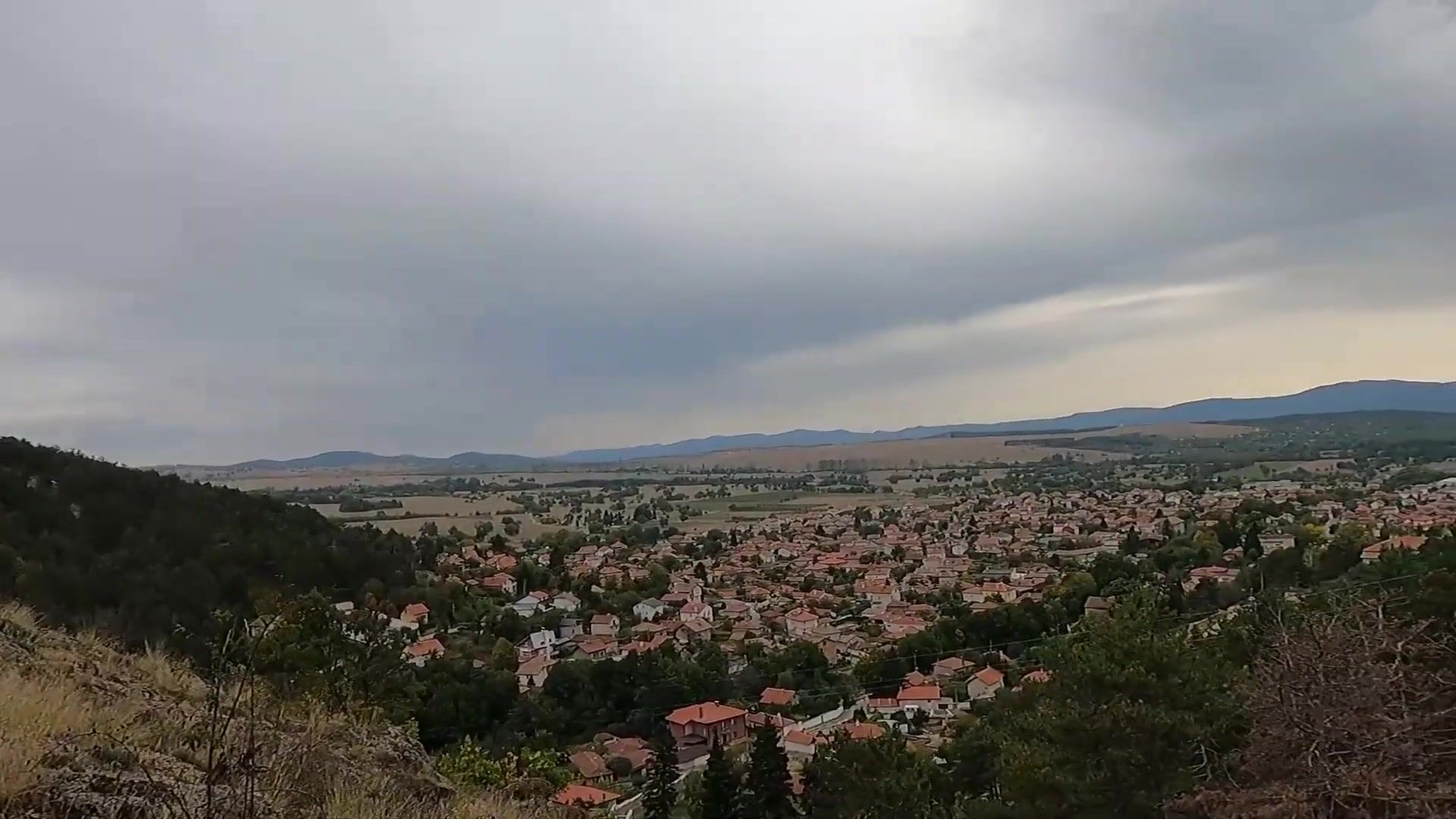
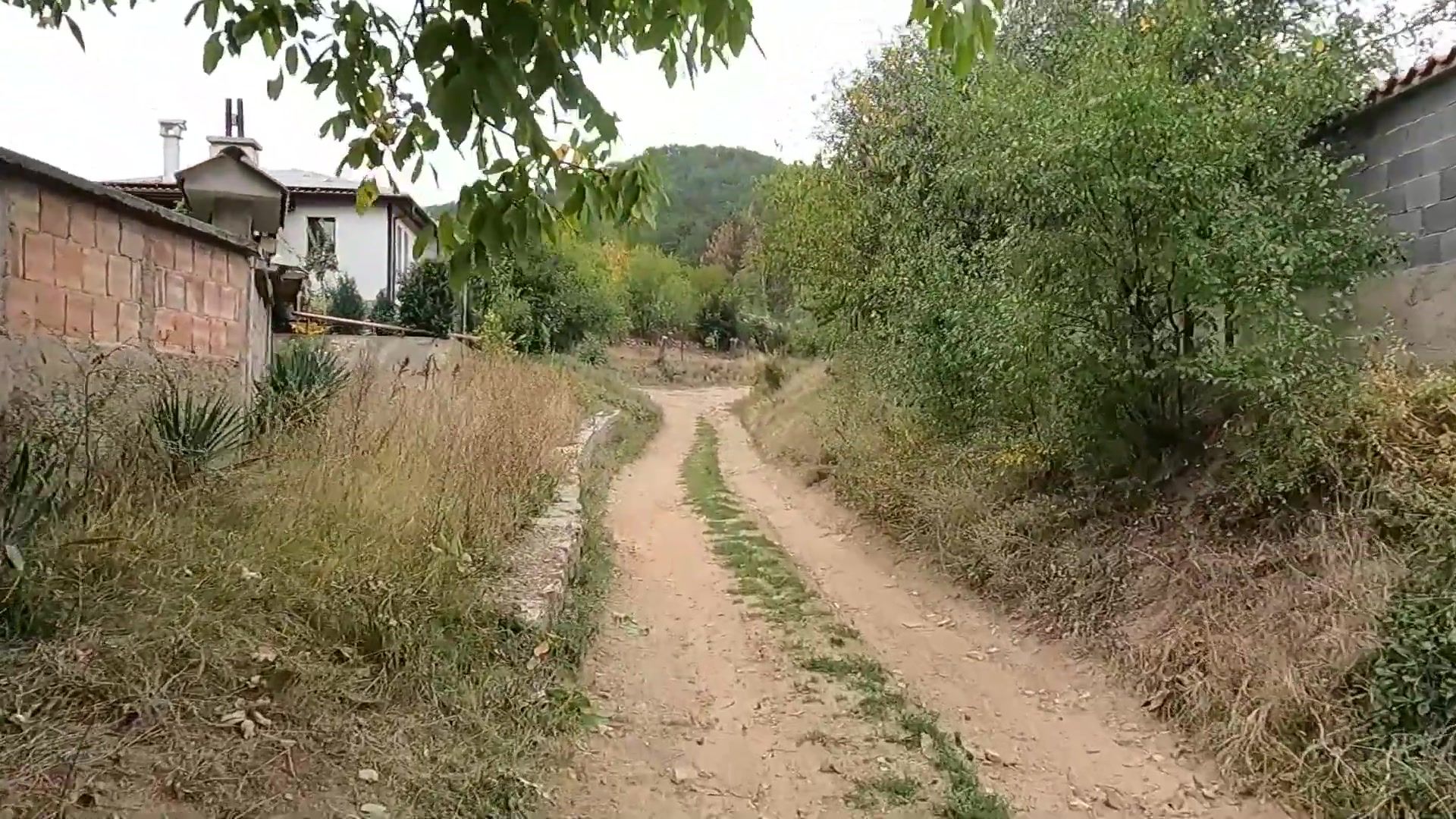
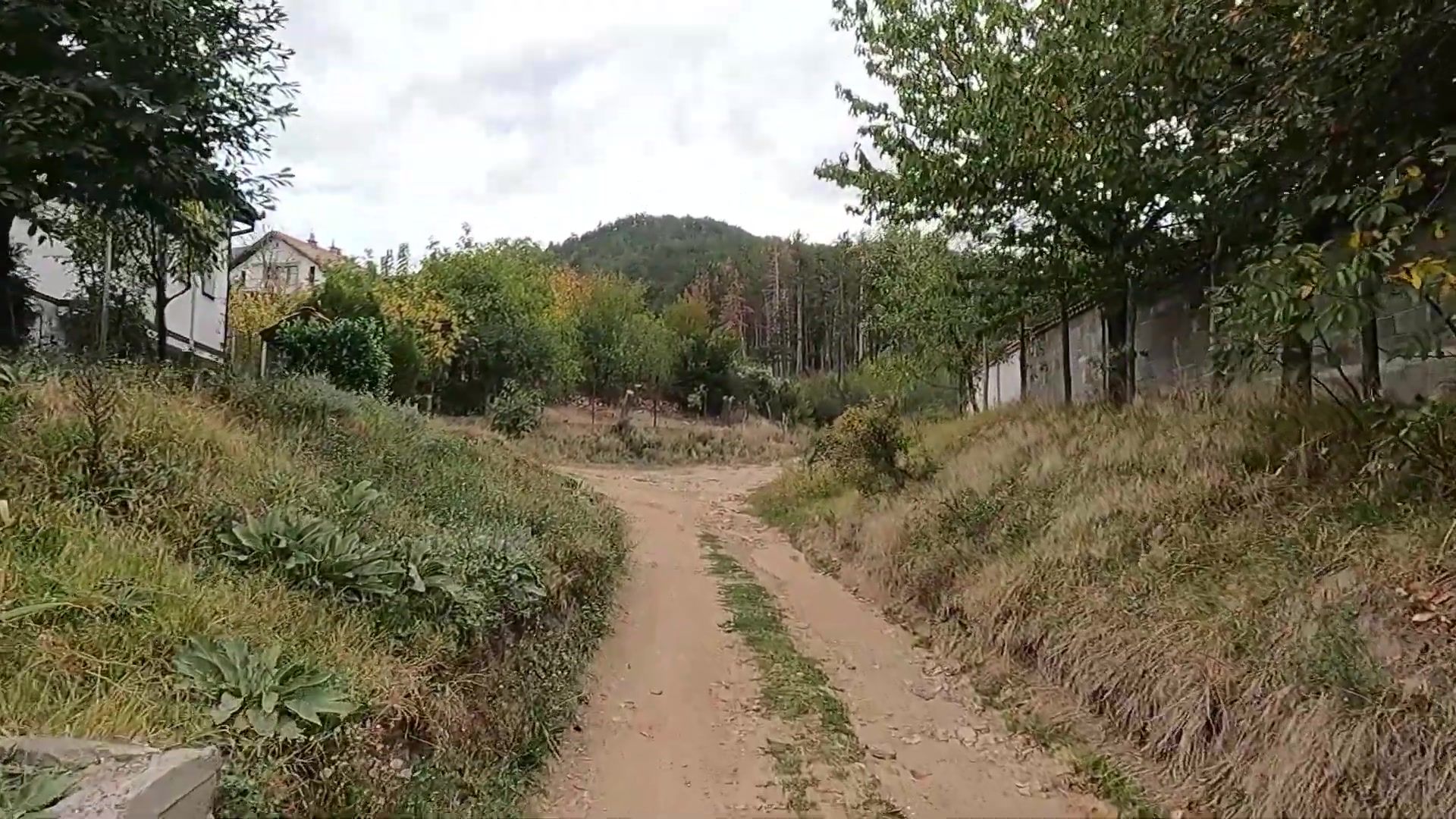
We went into a forest and the trail led us further up the mountain, where we discovered marked hiking routes. This was a really pleasant surprise. Hiking with marked trails here is very enjoyable. Of course, hiking in these mountains with a backpack is possible, but it could be quite challenging. Still, it would be a great activity. Yanina village is below and a little further is the city of Kazanlak, which was the site of the ancient capital of Thrace.
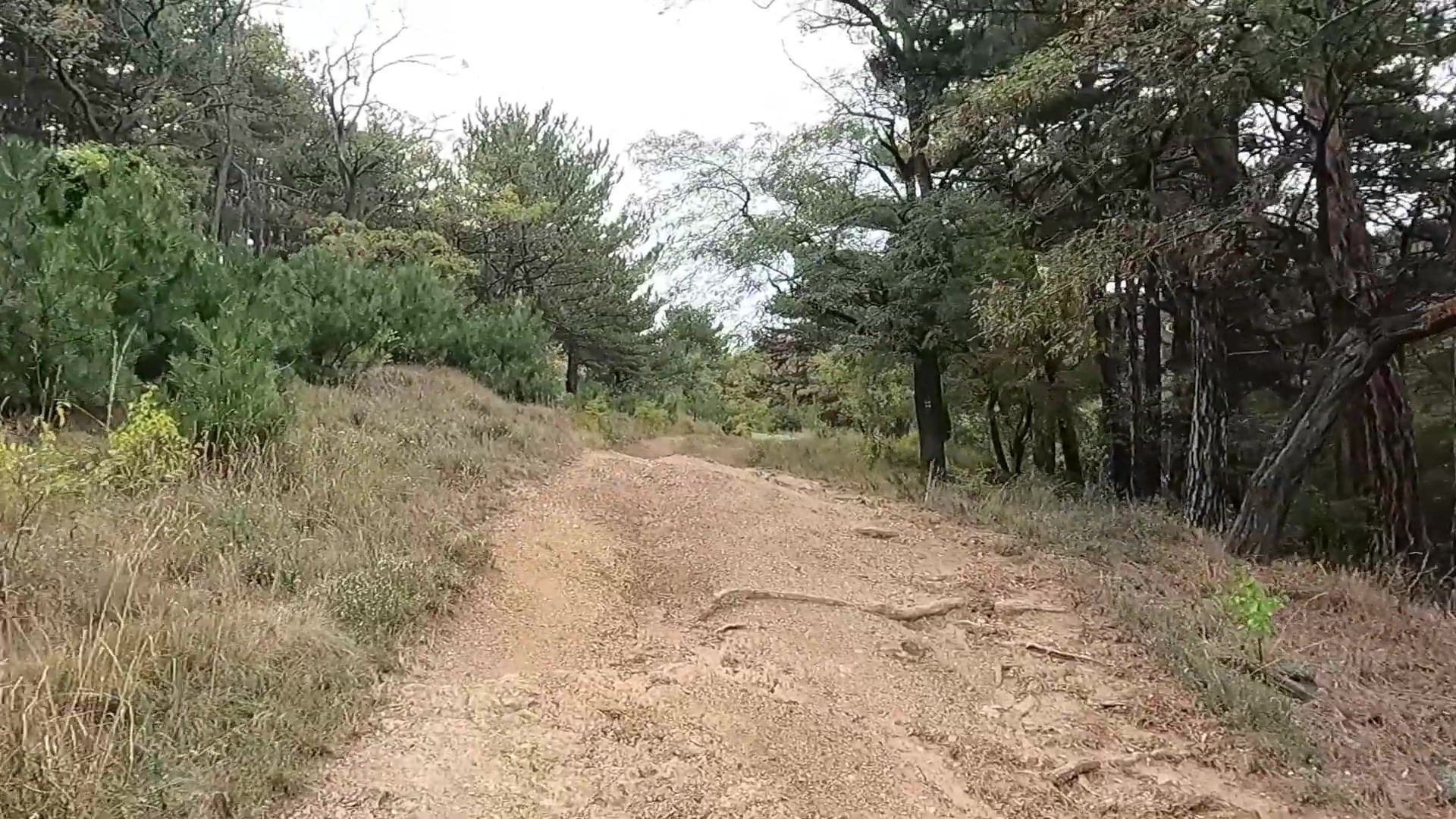
After about two kilometers, two things became clear. First if we walked a few more hours, we would return to our starting point, the summit where the congress palace stands. Second our cat really didn’t like sitting in the backpack.
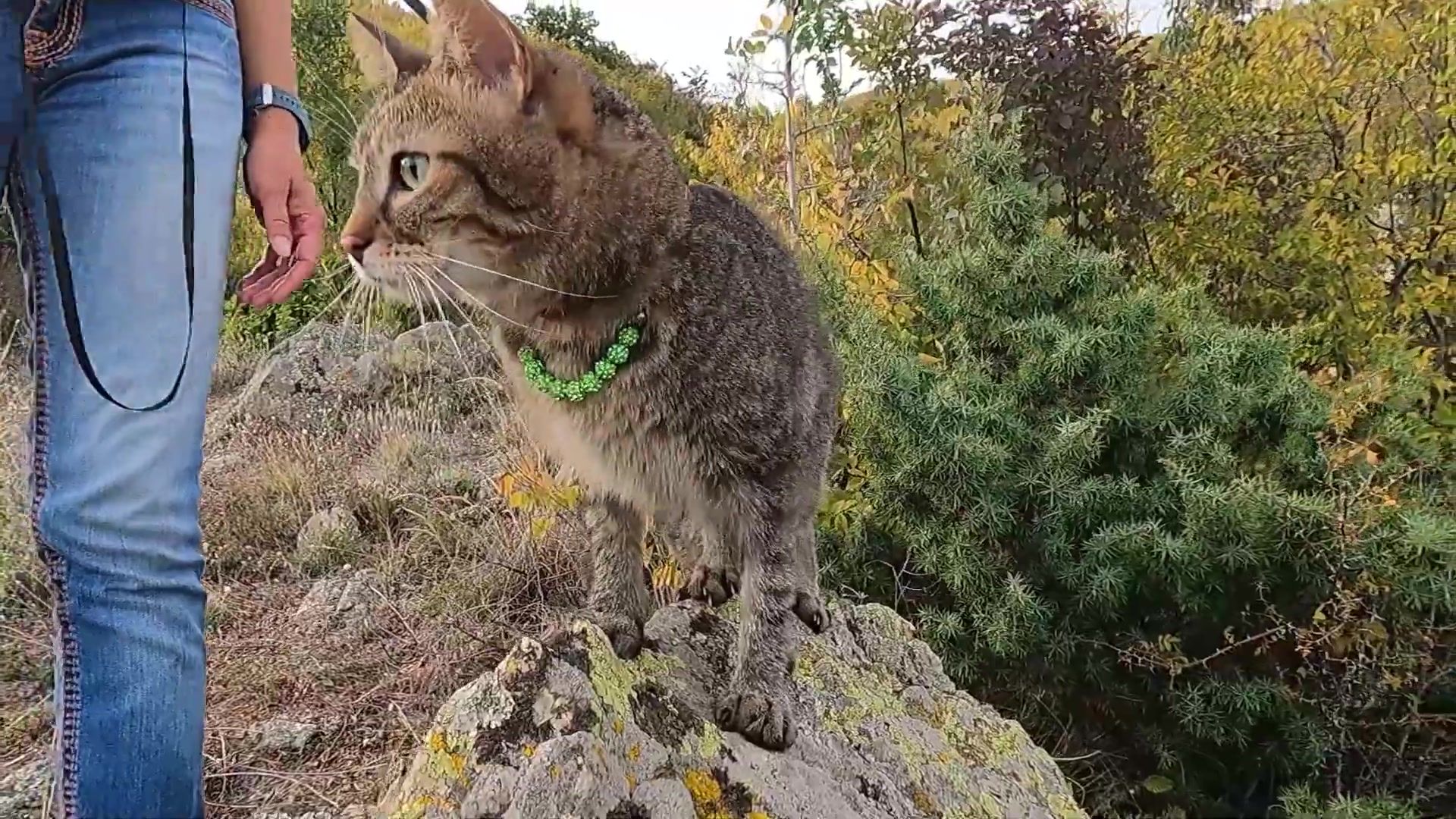
I had marked two interesting spots on the map for our short route that day: the observation terrace and a mountain hut. The hut had a fridge, two kettles and 5-6 pans. The fridge was stocked with plenty of food and there was even a clay pot. It had everything you could need for a mountaineer’s life and it was possible to stay there, as there was also a stove.
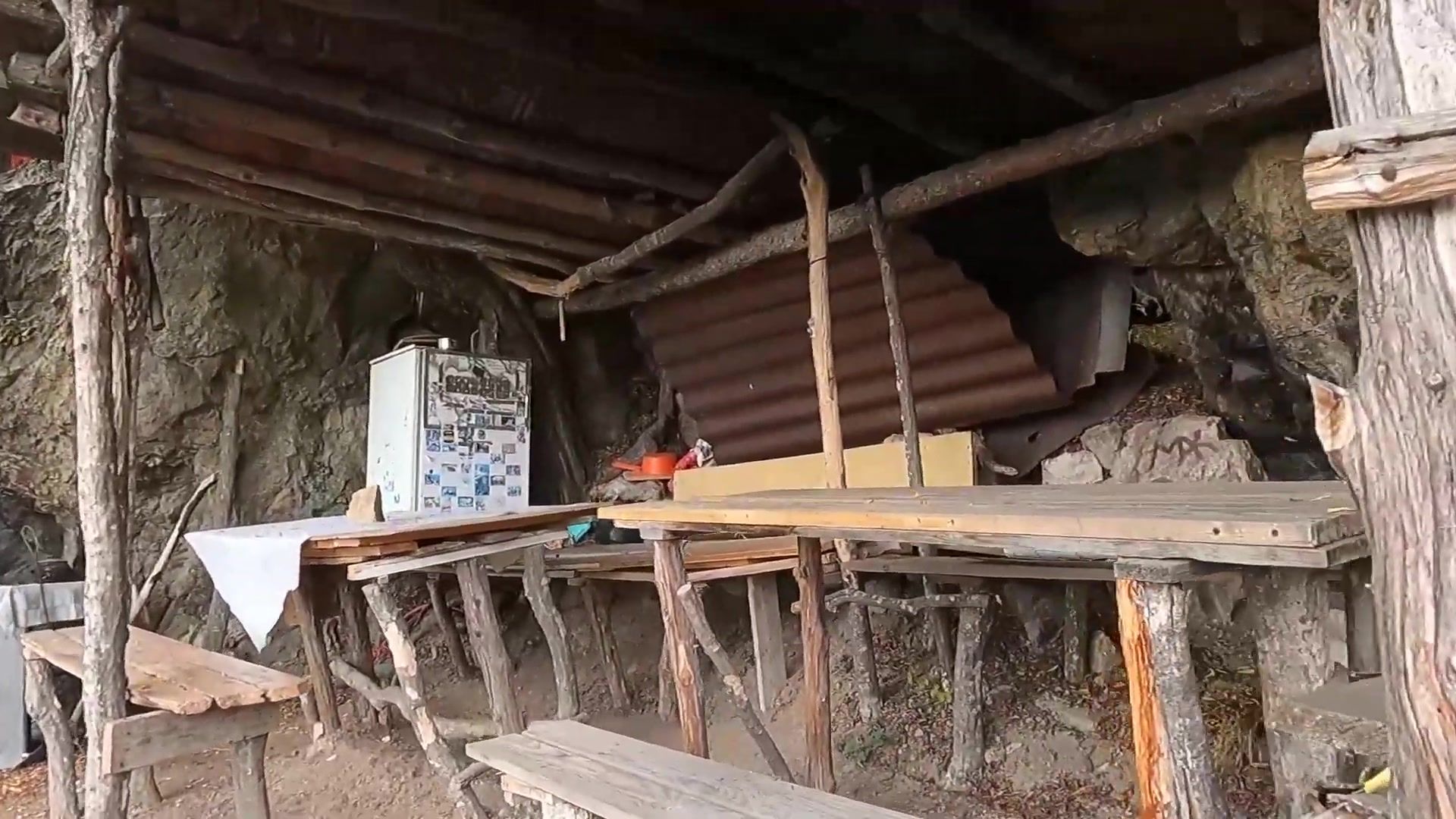
Our walk to the observation terrace took about two hours and we reached the foot of an incredible canyon, full of rocky outcrops. We could hear the sound of a mountain river below. By the way, for those wanting to see the Valley of the Thracian Kings, the old congress palace is located 8.5 kilometers from the village. So, it’s possible to stay in the village and make a day trip there. We enjoyed the stunning colors, rocks and fresh air.
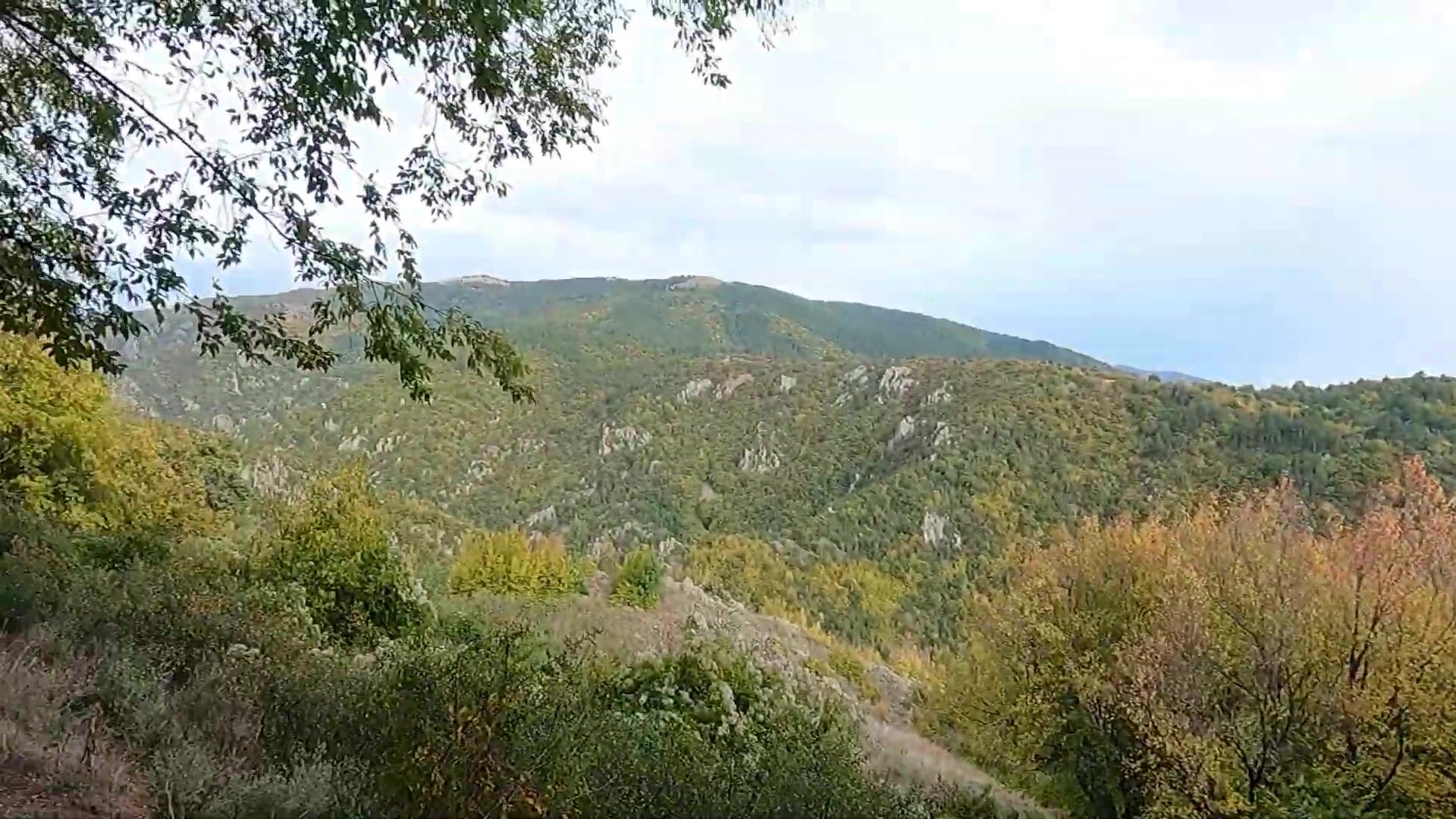
As for our cat, I think she's no longer a domestic cat. Carrying her in the backpack didn’t work out, but then she walked almost 1.5 kilometers and seemed to enjoy it. It seems cats are like their owners, ours will keep walking with us in the mountains.
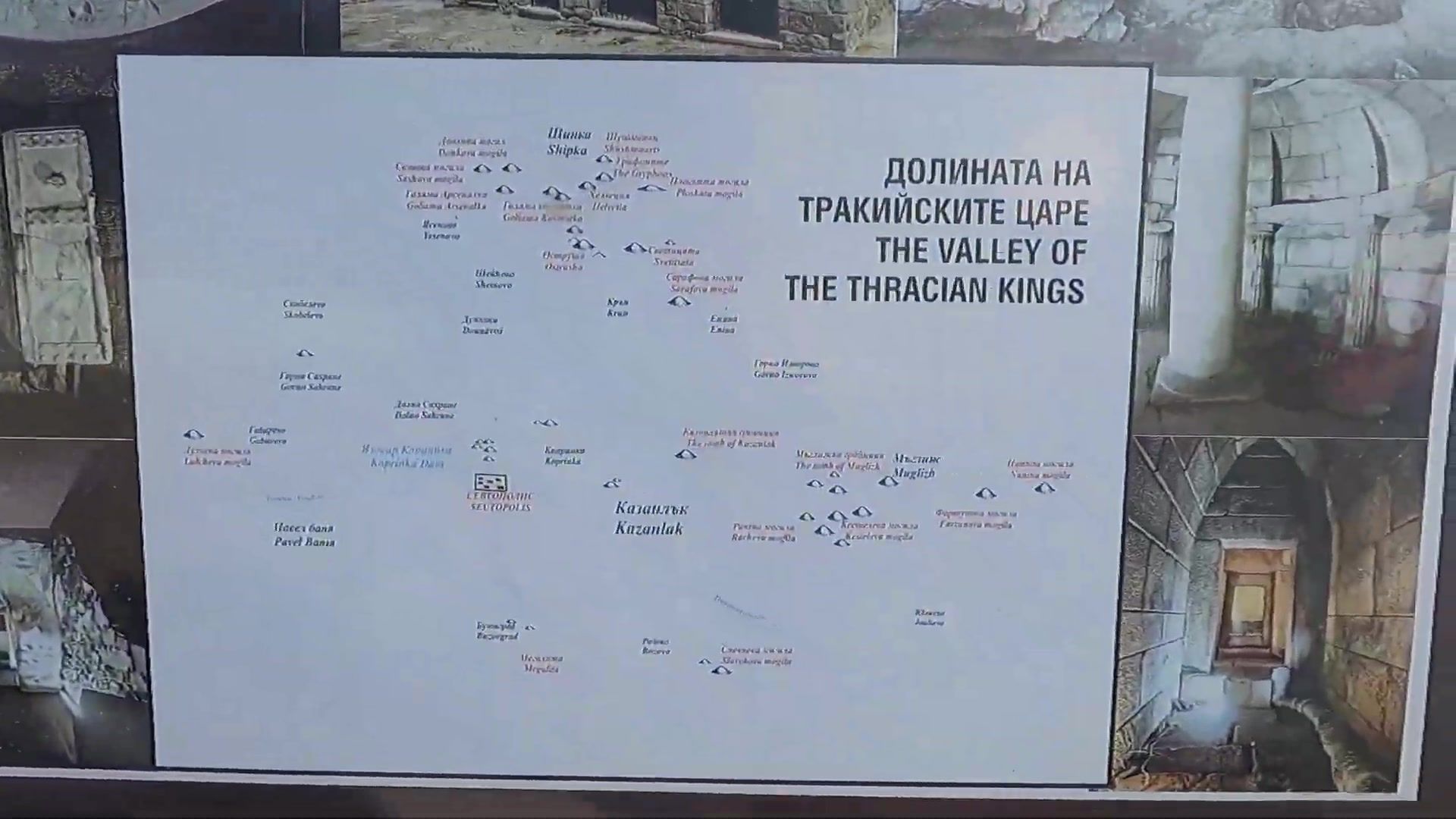
The next morning, we set off to explore the Valley of the Thracian Kings. The hotel we stayed in was very nice. The village is a great place for day hikes and the restaurant in the hotel was very pleasant. Our dinner, with a bottle of wine, cost us just 30 leva for both of us. The prices were really reasonable.
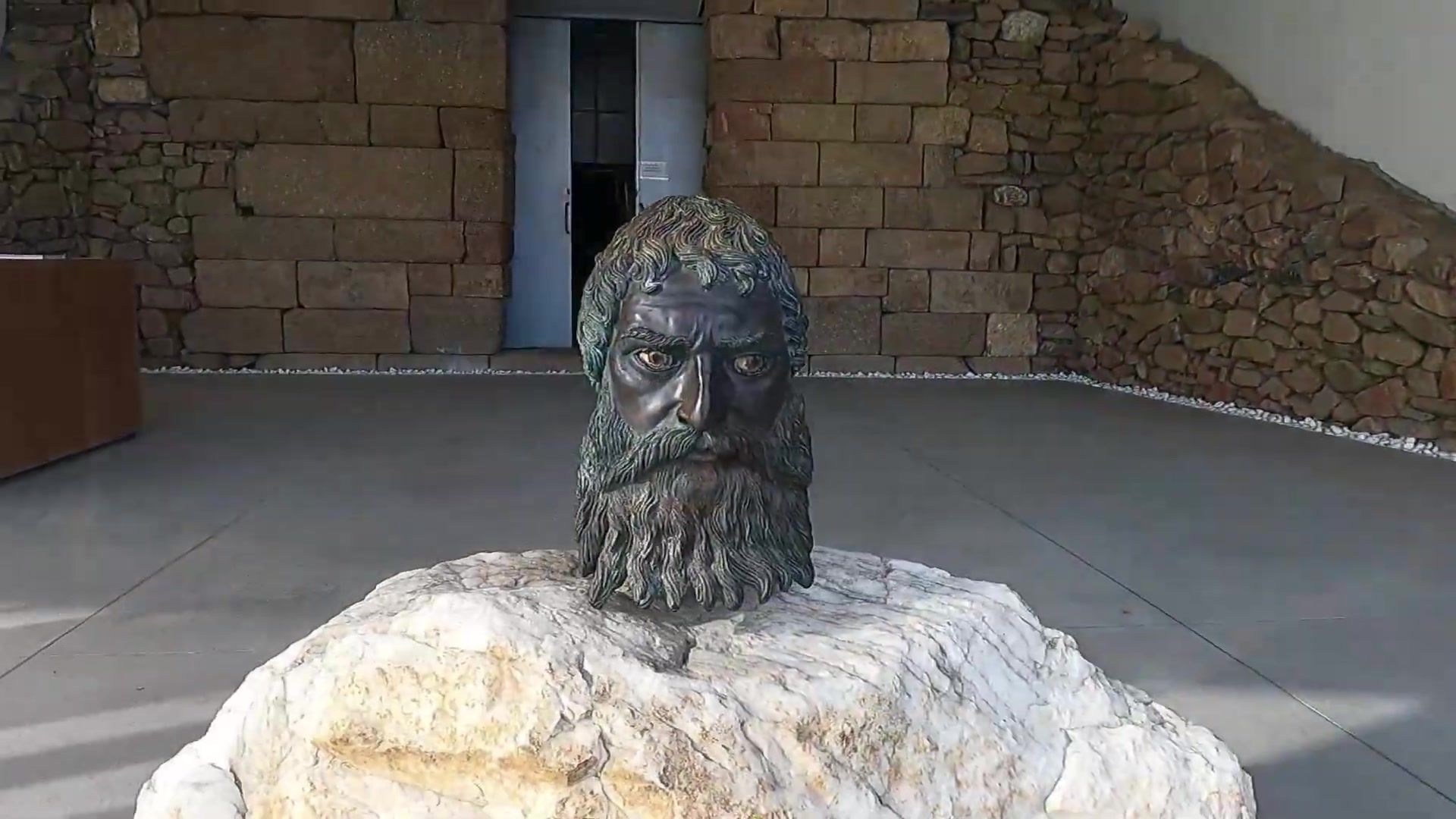
We reached the first tomb. There is a list of tombs that function as museums. There are many burial mounds here, which belong to the Thracian Kings and there are quite a few of them. As we walked along the road, we could see these ancient mounds in the fields. There is also an ancient city here, discovered during the construction of a dam and it is now submerged underwater. This city was the capital of the ancient Thracian King Sevtos and was founded in the 6th century bc.
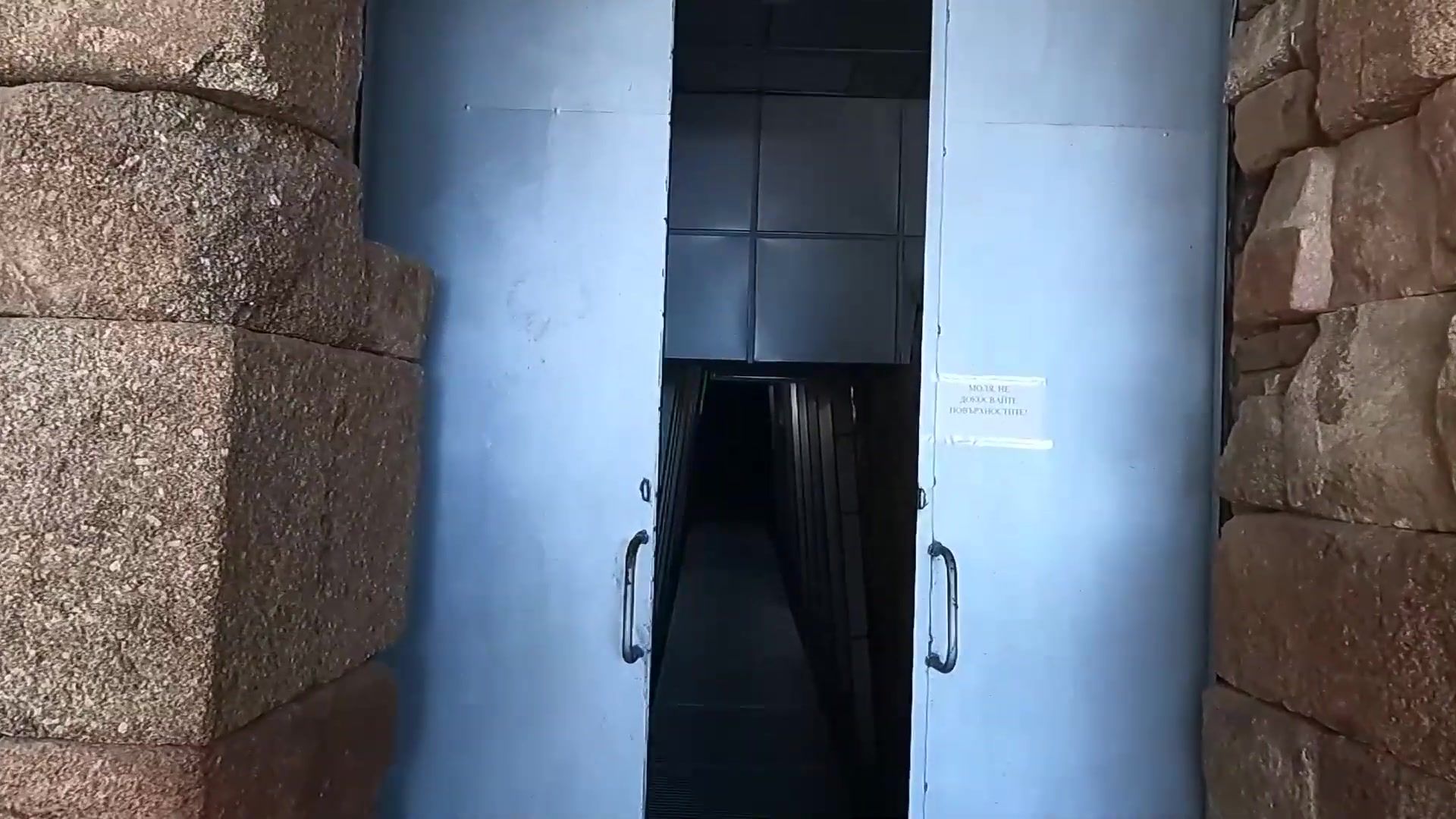
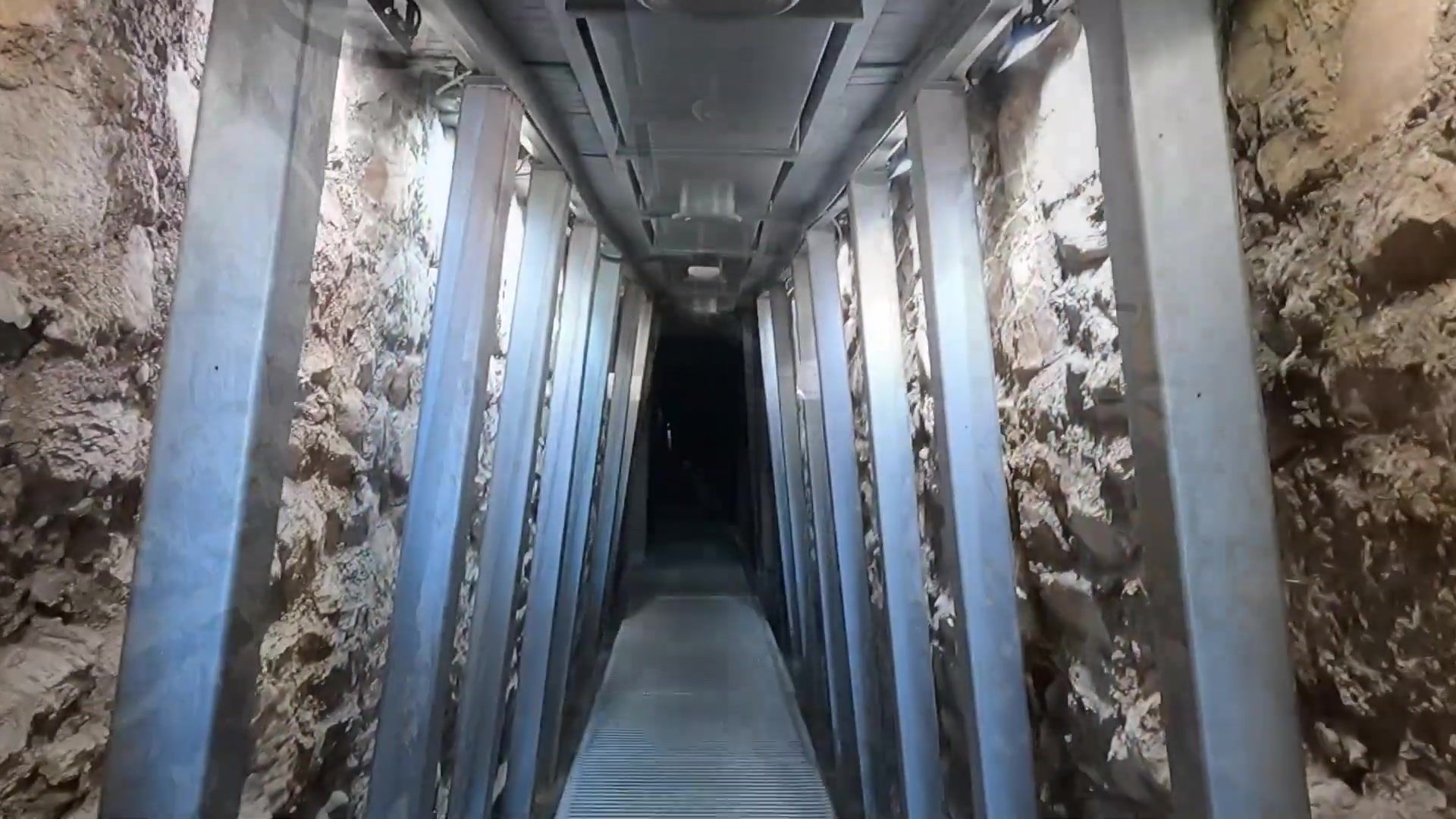

The first mention of the Thracian Kingdom dates back to the 6th century BC and the first king, Sevtos, founded the city of Sevpoli. The Thracian Kingdom ended in the 5th century ad, having lasted almost a thousand years. By the end of the century, it was conquered by the Macedonians, but it was not plundered because they agreed to pay taxes. Later in the 3rd and 4th centuries af, Thrace became part of the Roman Empire. The Byzantine period followed and we can see many monuments from this period in Bulgaria. Afterward the Bulgarian state was established. When you realize that these places are more than 2000 years old, you can feel a shiver in your body. Many artifacts from that period are displayed here.
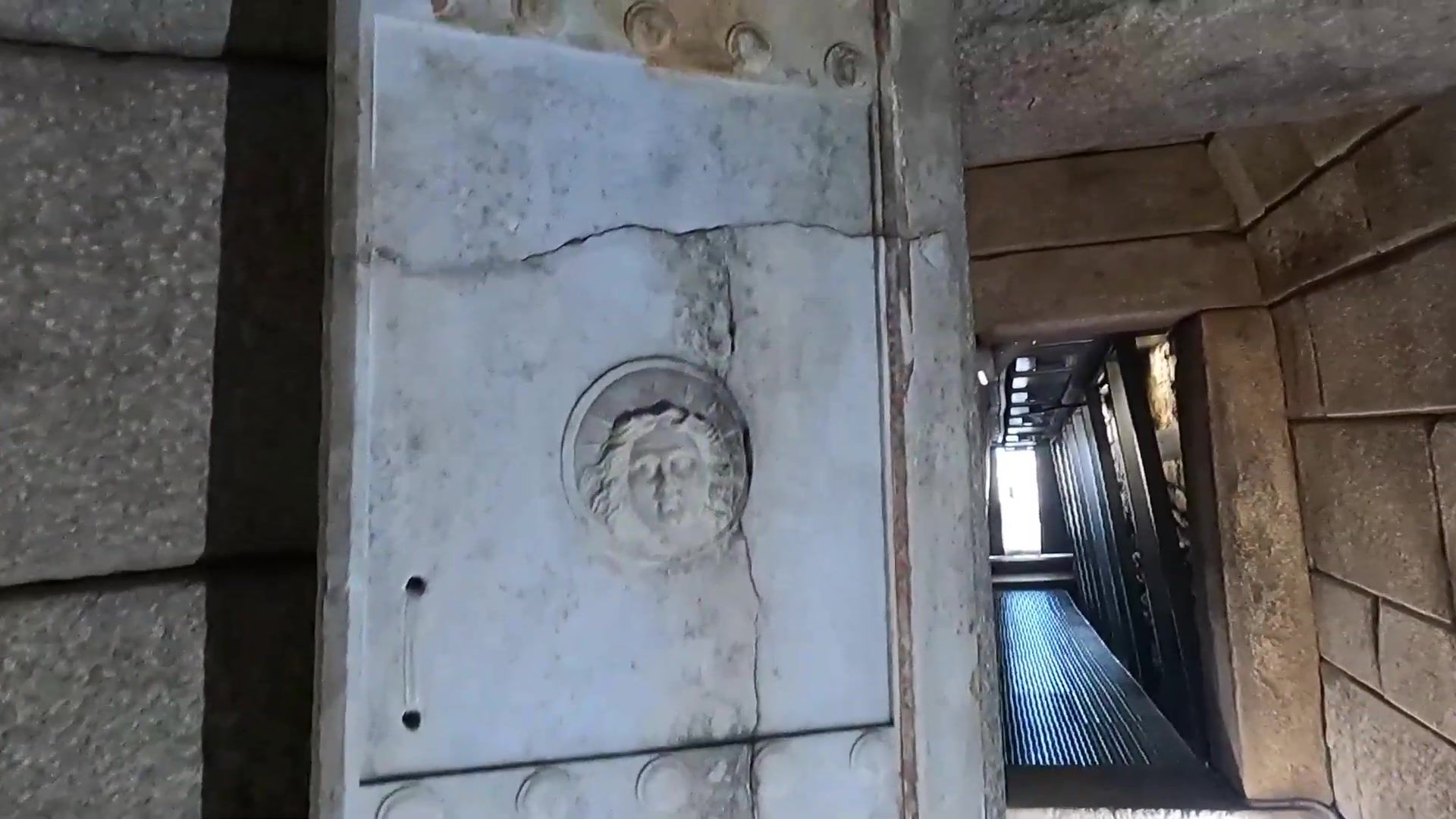
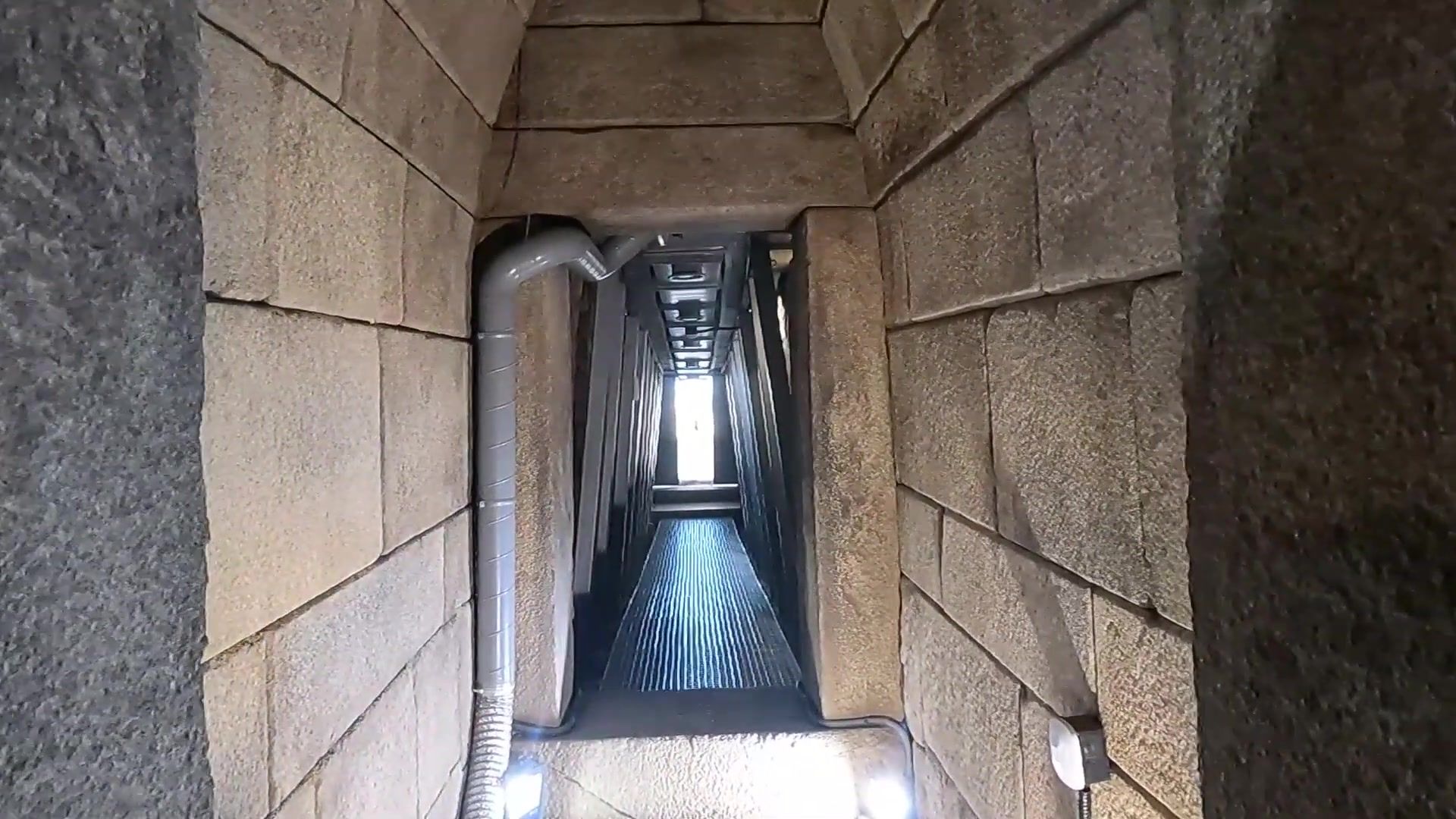
The construction of the tombs is worth noting. First, the tombs were built and then mounds were placed on top. You can see what these mounds look like from the outside. There are many of them, scattered across the fields. These are ancient royal tombs. These mounds are contemporaneous with the Egyptian pyramids. We approached one of the mounds we saw. There was no museum at this mound. It was just closed. But there were many mounds in the area. There are many tombs here and some are still closed, possibly containing archaeological artifacts.
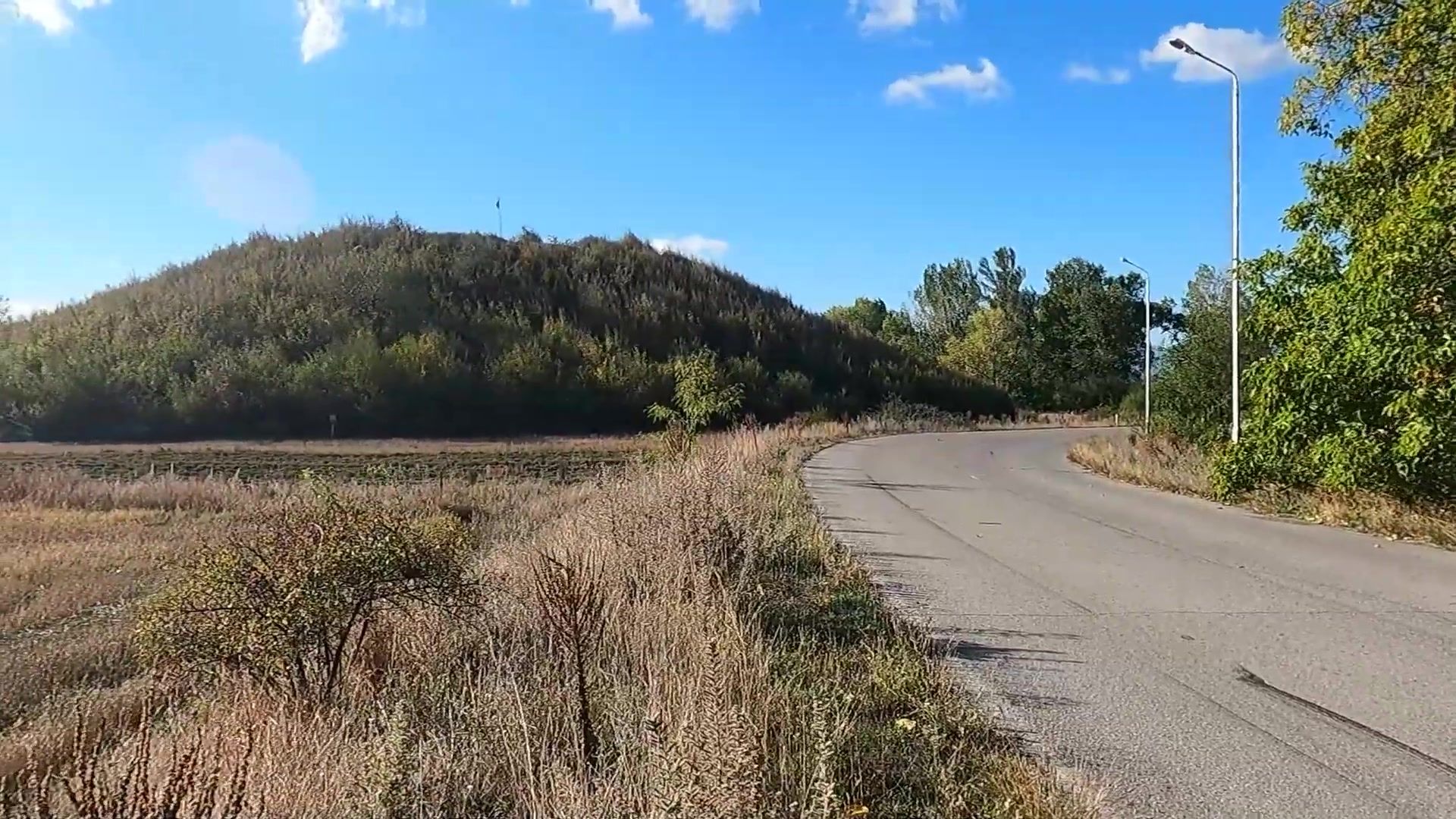
From what I understand, there are either burial chambers or open-air artifacts in this area. These archaeological remains, thousands of years old, are simply left out in the open and are not protected in any way. The walls are worked in a way similar to the Egyptian pyramids.
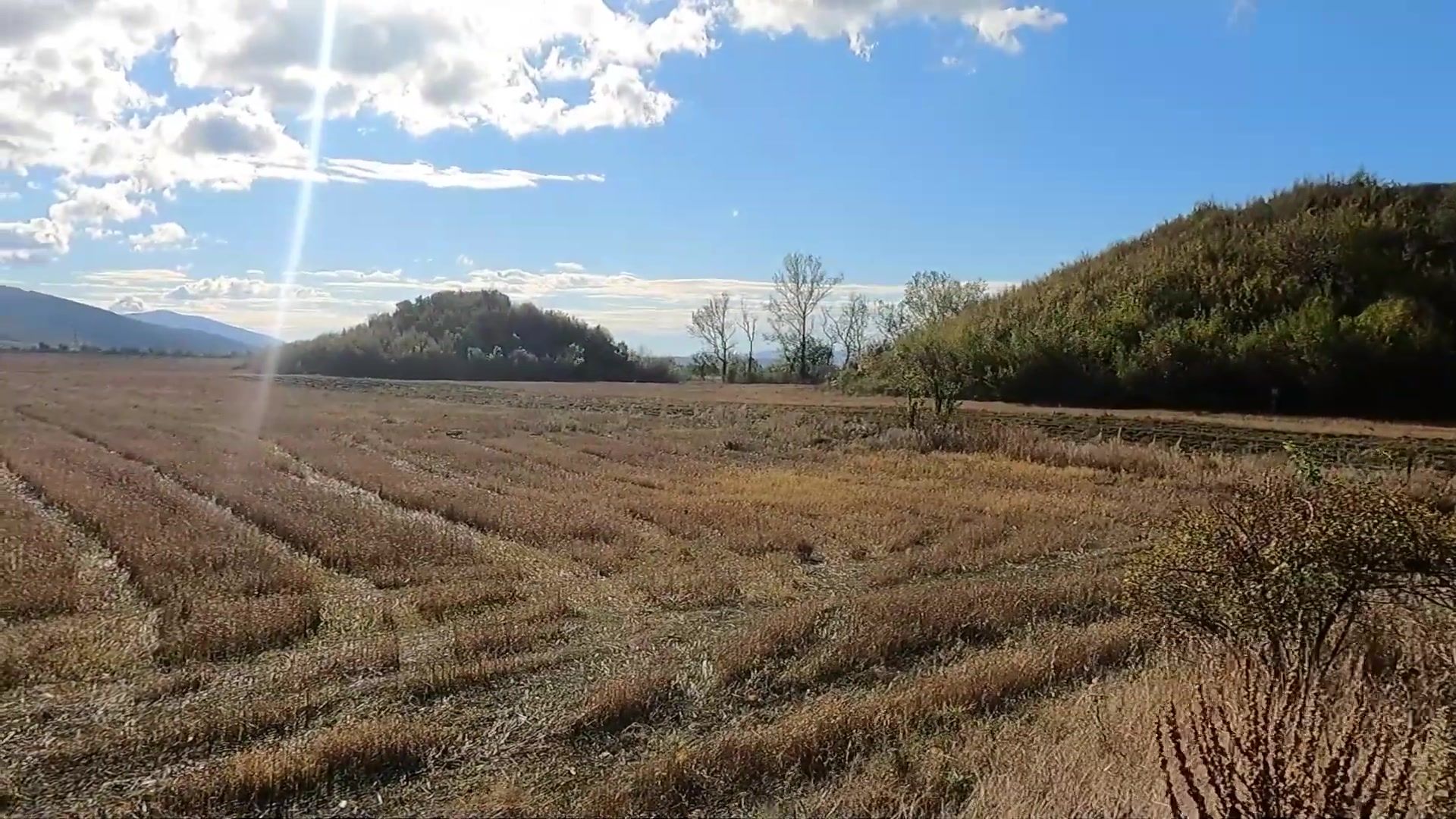
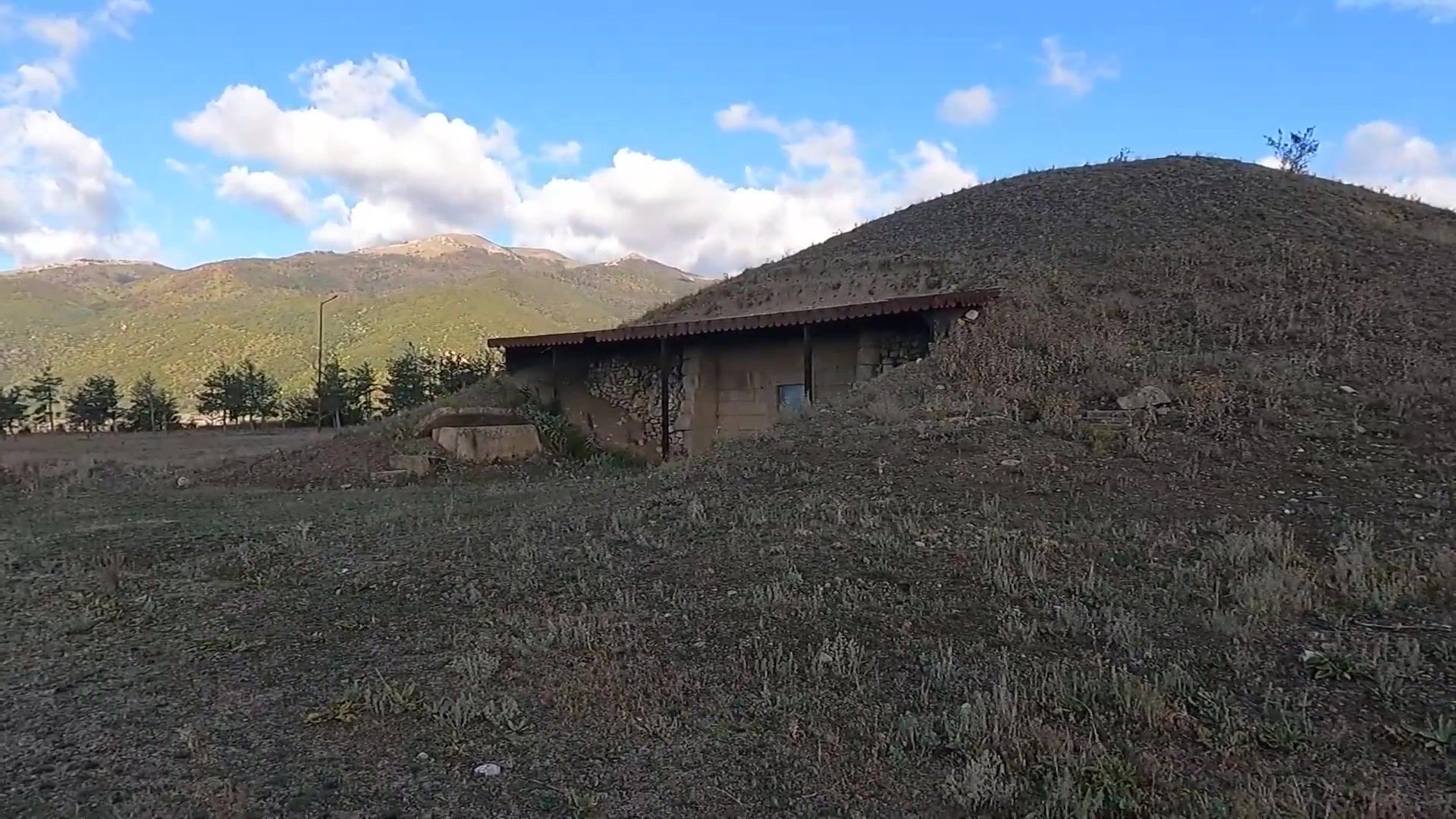
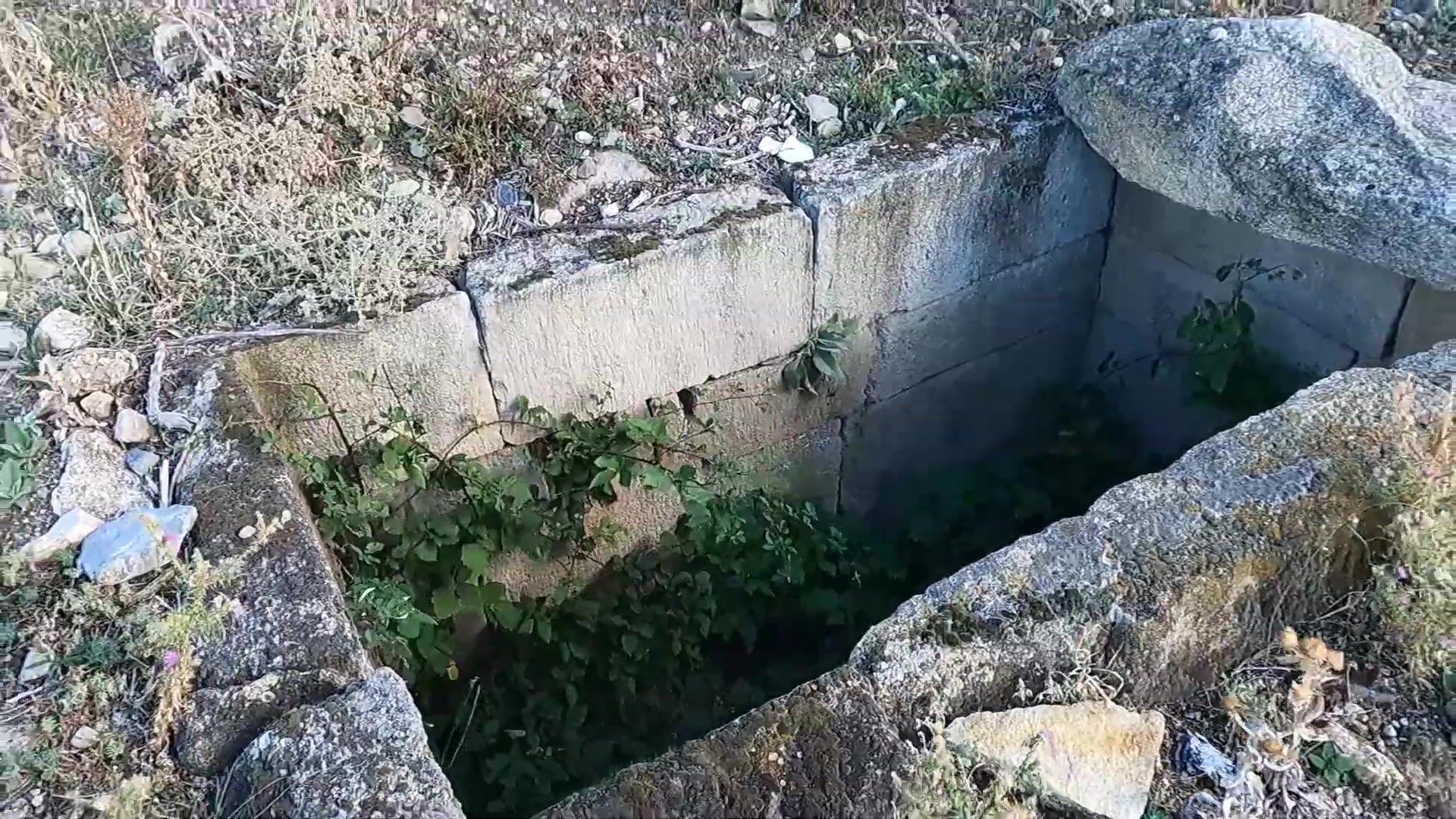
Near Shipka village, there is a complex of three tombs. You can buy a single ticket for the area and the price is 15 leva. The tomb in Kazanlak is also included in this ticket. There are three tombs here: Shushmanets, the Griffon tomb and another one with a difficult-to-remember name. The local guide shared many interesting facts. For example, he said all the tombs are oriented south. Similarly, over time, mounds were added to each tomb. What stands out in these tombs is that each one has a different architectural style. Over time, the architecture changed and so did the traditions. Although the kings' reigns were short, usually lasting 20-30 years, everything changed. The Griffon tomb has a completely different structure. Shushmanets, one of the largest mounds, dates back to the 4th century BC and here, you can see yet another architectural style. The only thing that unites all these tombs is the stone doors. Also, these stone doors are covered with plaster, some of which is still preserved. There is also a large burial chamber with a column in the center.
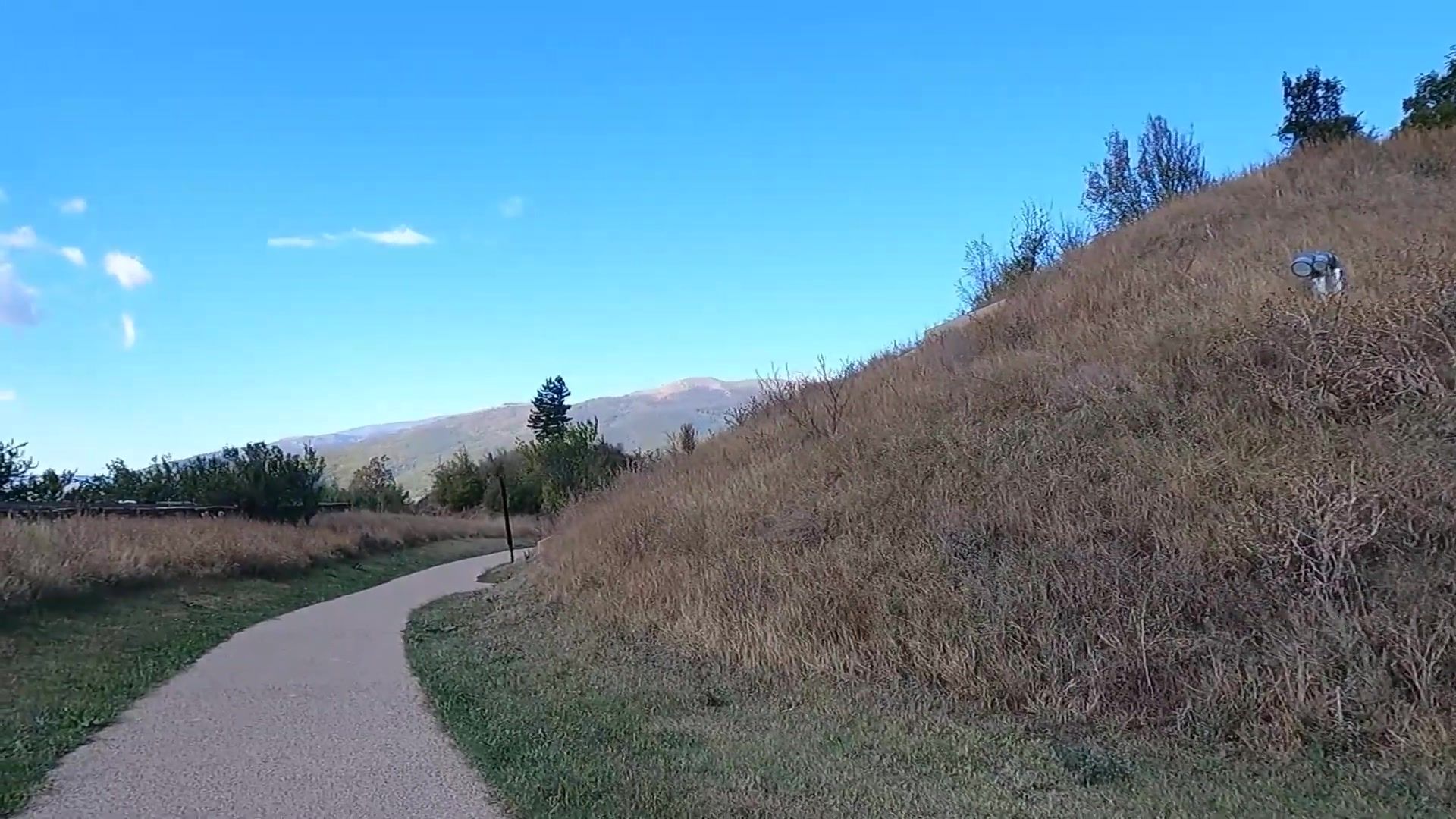
On the way here, we saw a few abandoned mounds. These are usually closed and probably looted. The tomb in Kazanlak is quite remarkable. Unlike the others, let me explain its features: it is actually a "false" tomb. This tomb was looted and it was thought to be a royal tomb. However, due to the looting, it is impossible to determine who it belonged to.
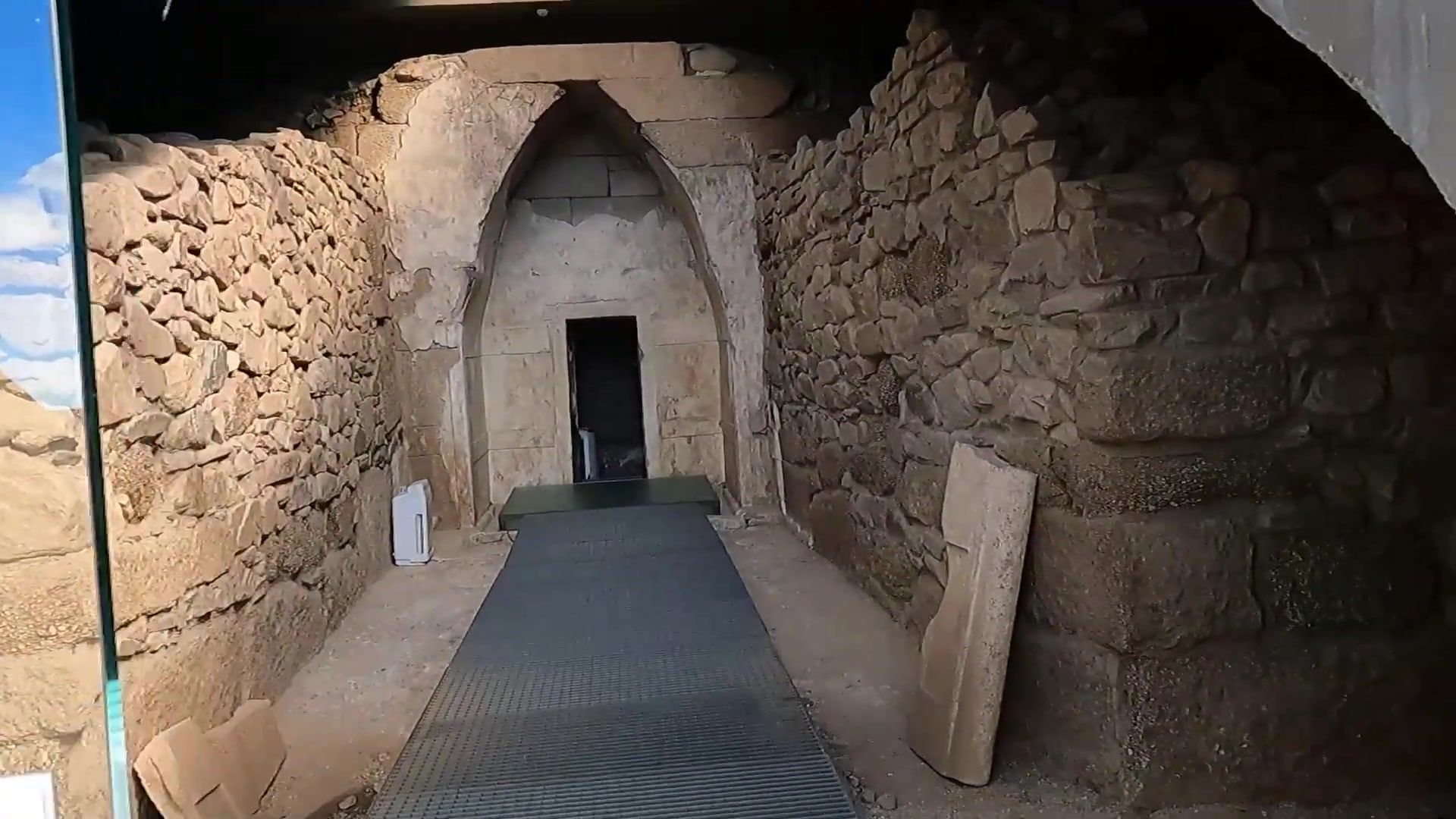
It wasn’t until 1944 that soldiers discovered the real tomb while preparing land defense structures. This tomb is incredibly well-preserved, with wall frescoes and paintings still intact. And that’s where we ended our journey. We had a wonderful weekend, climbing mountains and seeing monuments from different eras. Of course, you might wonder "How can I do this without a car?" It's very easy. You take a train to Kazanlak, spend the night there and then take a small intercity bus for about one and a half leva to get around. You can visit any village and go on a hike. You can reach the Shipka Pass by bus, but you’ll have to walk to the Congress Palace because buses don’t go there. But it’s a fantastic day hike. You can stay in a village and enjoy a great weekend trip with just a one-day hike. Just keep in mind that there isn’t much water in the mountains, but in spring there will likely be more.
